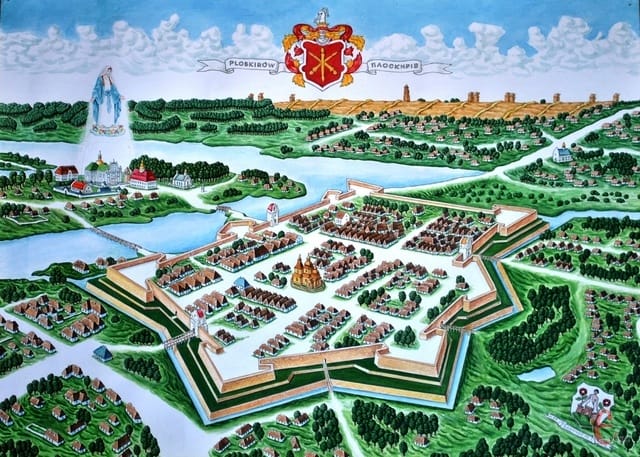This website uses cookies so that we can provide you with the best user experience possible. Cookie information is stored in your browser and performs functions such as recognising you when you return to our website and helping our team to understand which sections of the website you find most interesting and useful.
Khmelnytskyi city territorial community

The Khmelnytskyi city territorial community is located in the western part of Ukraine.
The total area of the community is 495 square kilometres. The community consists of 25 settlements.
As of the 1st of January 2023, the population of the community was 292.9 thousand people.
Men – 124.1 thousand people
Women – 147.5 thousand people
Internally displaced persons – 34.5 thousand people
History
The documented history of the city of Khmelnytskyi spans nearly six centuries, while its hypothetical origins are lost in historical records. Historians believe that people have lived here since ancient times, as stone tools from the Neolithic period and the Trypillia archaeological culture have been found in the area of the modern city.
The city essentially originates from the small settlement of Ploskyriv (Ploskyrivtsi). The exact date of the town’s founding is unknown. The earliest known mention of the settlement, which became the foundation of modern Khmelnytskyi, dates back to 1431. The history of the city has been recorded since that date.
Throughout the centuries, the city was under the rule of the Kingdom of Poland, the Polish-Lithuanian Commonwealth, the Ukrainian state of Bohdan Khmelnytskyi, and the Ottoman Empire. In 1699, it returned to the Polish Crown, and in 1793, following the second partition of the Polish-Lithuanian Commonwealth, Proskuriv became part of the Russian Empire.
The population of the city in the 17th-20th centuries was multiethnic, consisting of three largest communities: Jewish, Polish, and Ukrainian. During the rule of the Polish magnate family Zamoyskyi (17th-18th centuries), Ploskyriv gradually and steadily acquired the characteristics of a city. The city’s coat of arms still reflects elements of the Zamoyskyi family crest “Jelita” – three crossed arrows transformed into spears.
At the beginning of the 20th century, it was home to one of the largest Jewish communities. The Jewish community invested significantly in the development of the city in the second half of the 19th century. Additionally, during this period, the population of Proskuriv was growing due to the numerous military units, educational institutions, and establishments.
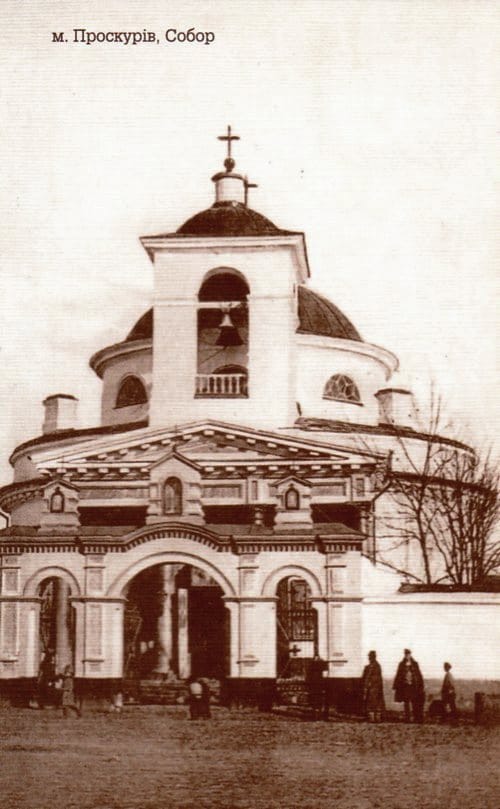
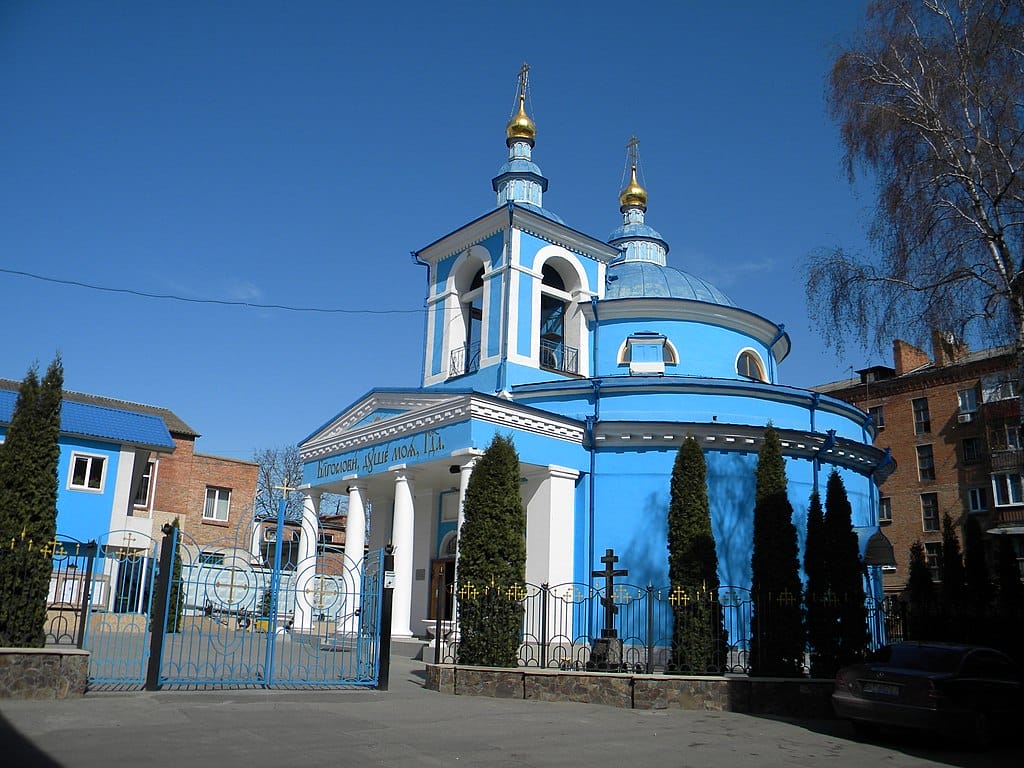
In 1822, a great fire struck Proskuriv, destroying nearly the entire city. After the fire, the city’s reconstruction began. In 1824, the master plan for Proskuriv was approved, and in 1837, the Cathedral of the Nativity of the Blessed Virgin Mary was built—the oldest building in the city that has survived to this day.
The construction of the railway in 1870 gave a significant boost to the economic development of Proskuriv, becoming a “gold mine” for the city’s entrepreneurs.
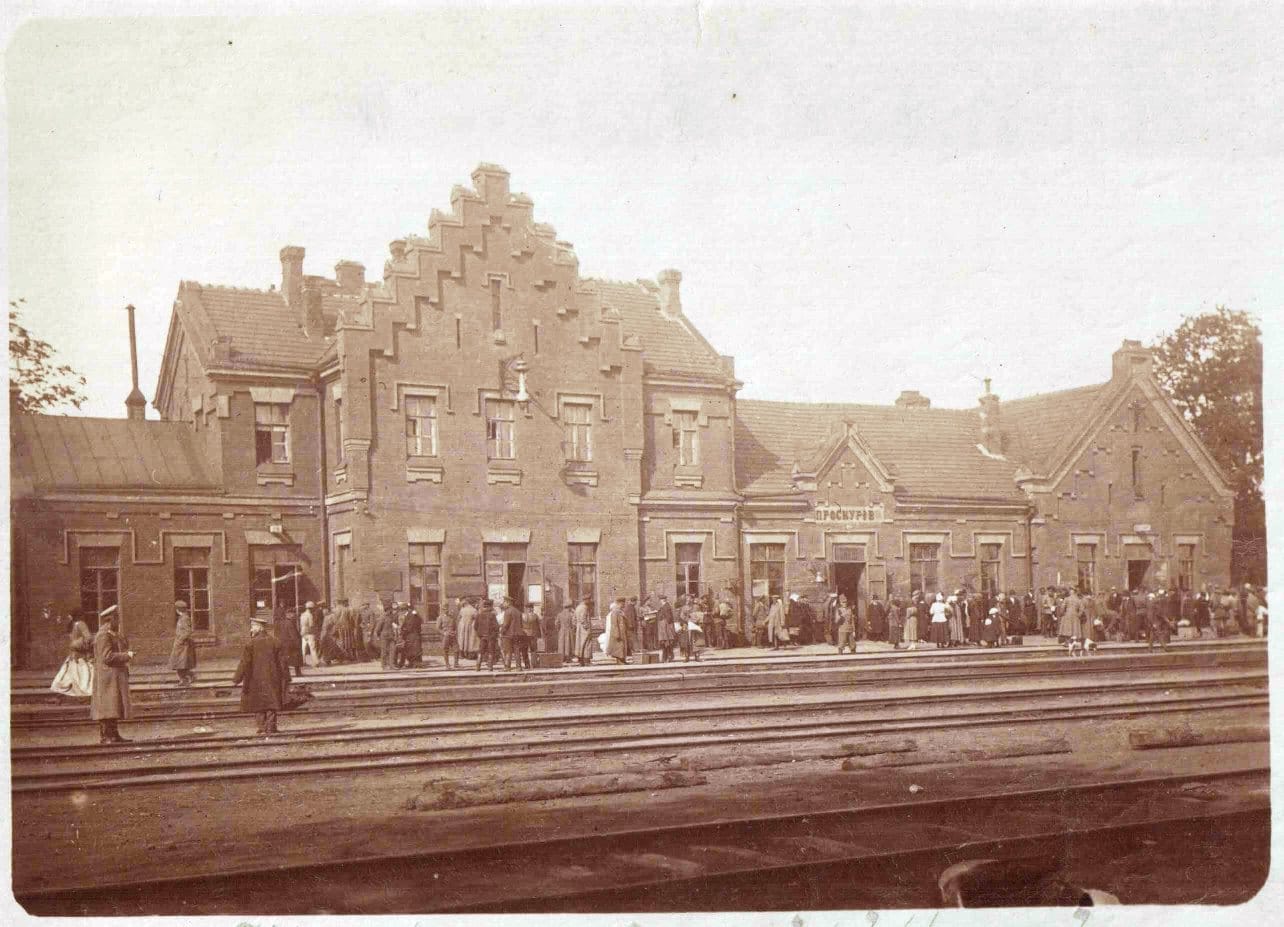

In 1901, the Shilman malt factory and the buildings of the Klavе Brewery (modern Khmelnytskyi Brewery) were constructed.

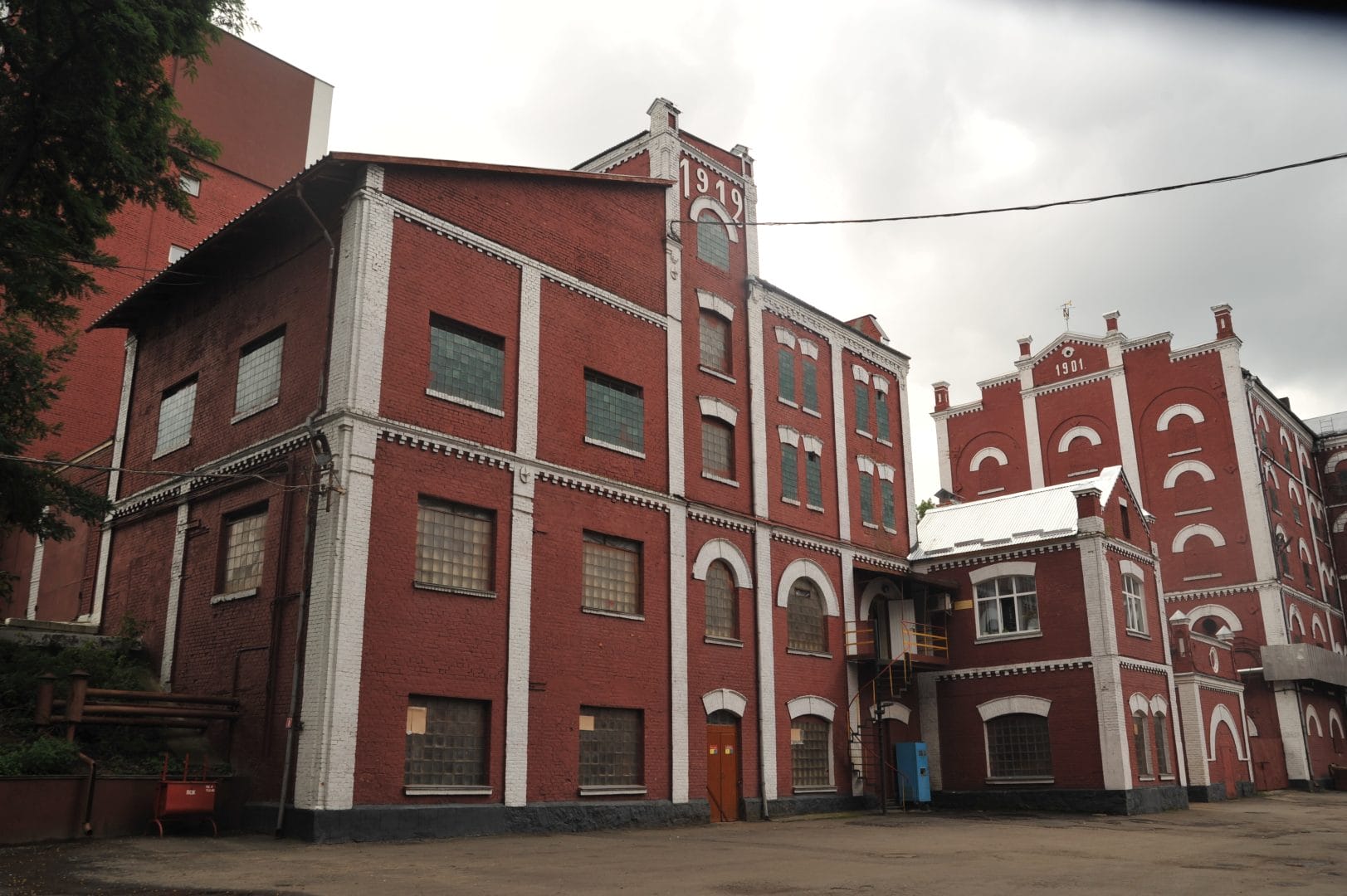
In 1904, the Olexiyivske Real School was opened, and its building now houses the Khmelnytskyi City Council.
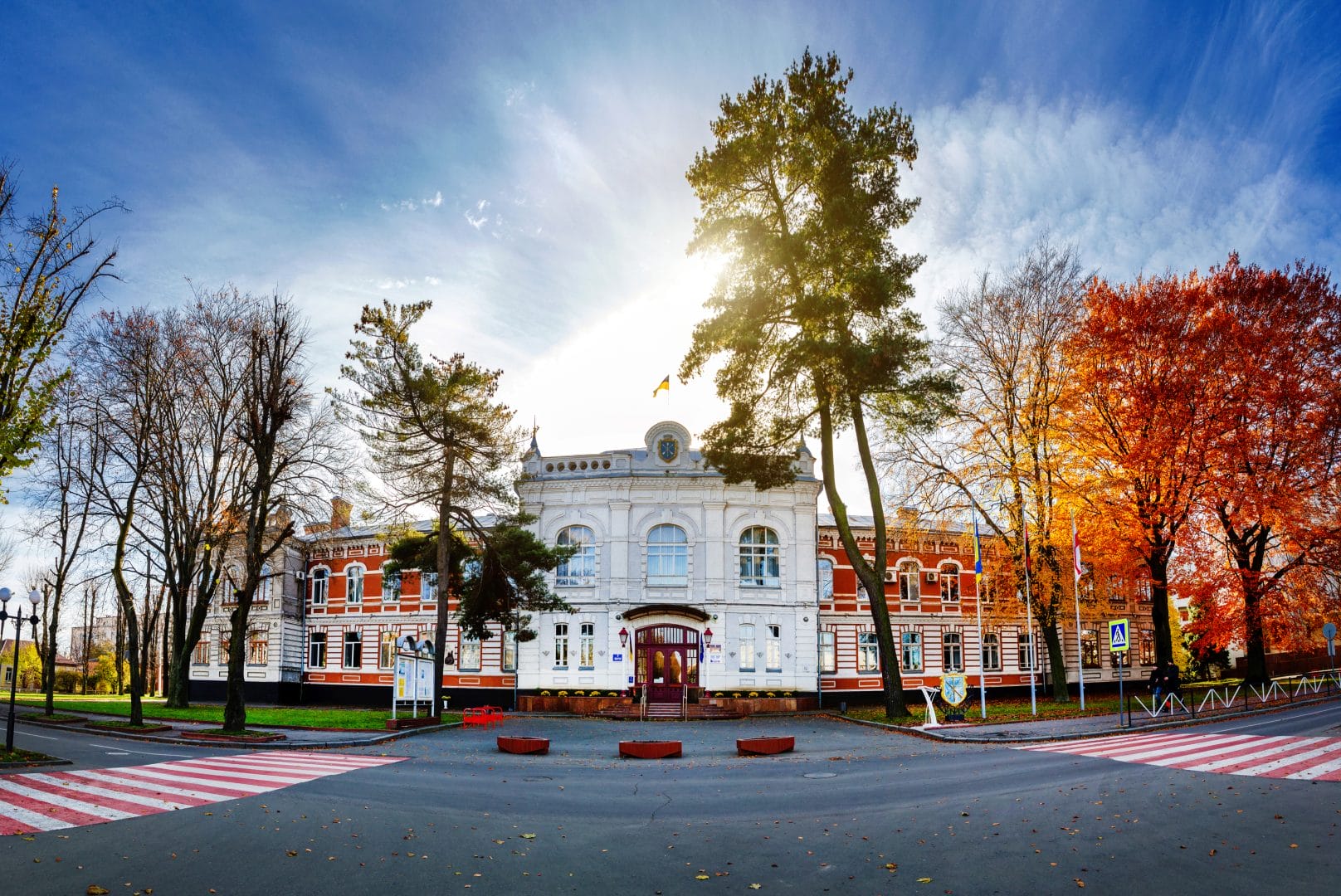
In 1907, the “Modern” cinema – the city’s first movie theatre was built. Between 1903 and 1914, the city bank, post and telegraph office, “Continental” hotel, commercial Jewish school, theatre, library, and hospital were constructed.
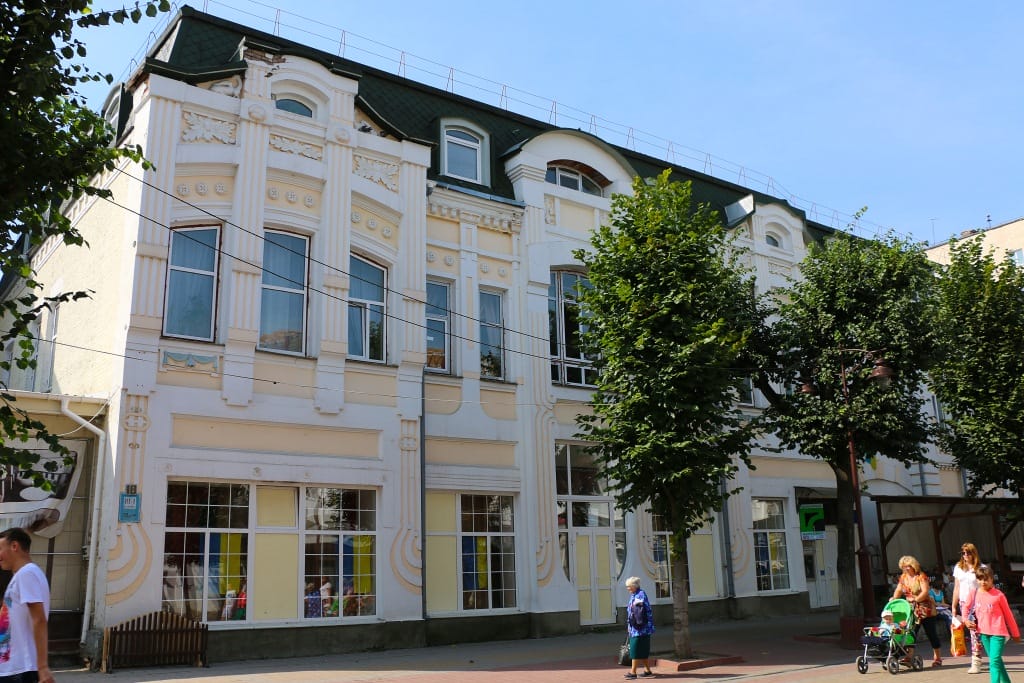
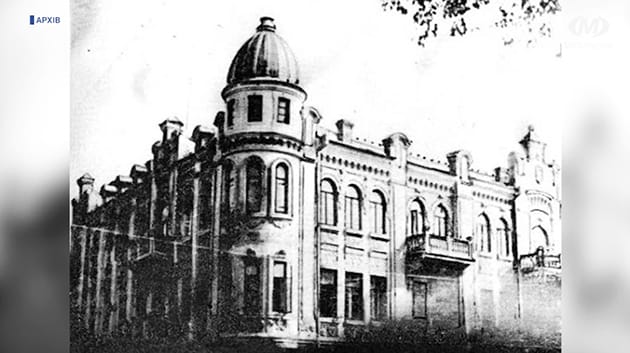
In addition to active entrepreneurial activities, the second factor in the city’s development was military affairs.
In the 20th century, the main road of Proskuriv at that time became Oleksandrivska Street (now Proskurivska Street), where city and country institutions, as well as the residences of wealthy inhabitants were located. This was the most orderly and green part of Proskuriv. It had cobblestone pavement, and sidewalks, was lined with trees, and was illuminated by gas street lights.
During World War I, Proskuriv became a frontline city. In 1917, the city experienced bombing for the first time in its history, and in early December 1917, the Bolsheviks seized power in the city. Just over a year later, in 1919, the city witnessed its first major Jewish pogrom.
The government of the Ukrainian People’s Republic (UNR) resided in the city several times: in March and November 1919, and from April to June 1920. However, in November 1920, the city fell under Soviet occupation for 70 years. During this time, all enterprises and even residential buildings were confiscated.
Due to the confrontation of the Soviet state towards the surrounding world, the number of military personnel in the border city steadily increased, forming the foundation for the city’s further development until the 1960s. Many buildings in the city were constructed for officers and their families, predominantly for Russians.
The 1920s and 1930s were marked by dreadful tragedies: the Holodomor, repressions, and World War II. German troops occupied the city on July 8, 1941. A special regime concentration camp for prisoners of war, “Stalah 355,” was established in the suburbs, where during four years, more than 65,000 people were being killed. A ghetto was created from the city’s Jewish neighborhoods.
In the period between the First and Second World Wars, the city underwent typical development in the style of Stalinist classicism, also known as Empire style.
In 1954, the city of Proskuriv was renamed to the well-known name Khmelnytskyi. The “Kation” and “Novator” factories started operating in the city.
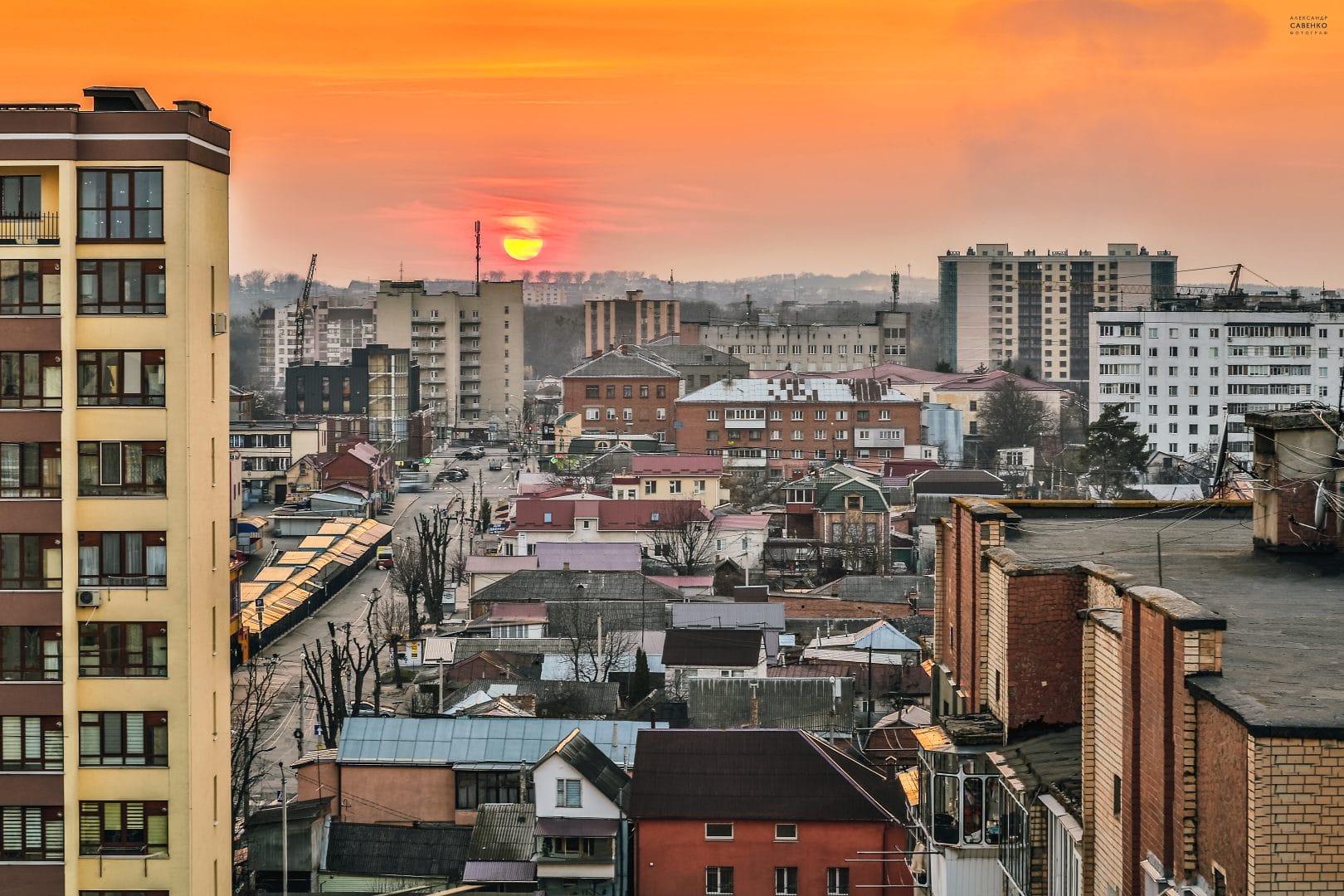
Khmelnytskyi has seen many tragedies and triumphs over the past 200 years. It has transformed from a Jewish-Polish town into a typically Ukrainian city. Due to its favorable location and the efforts of dedicated residents who promoted the construction of the railway in the late 19th century, we now see the city in its modern form. Although it is partially marred by Soviet-era architecture, it still features authentic buildings and retains its leisurely, romantic charm.
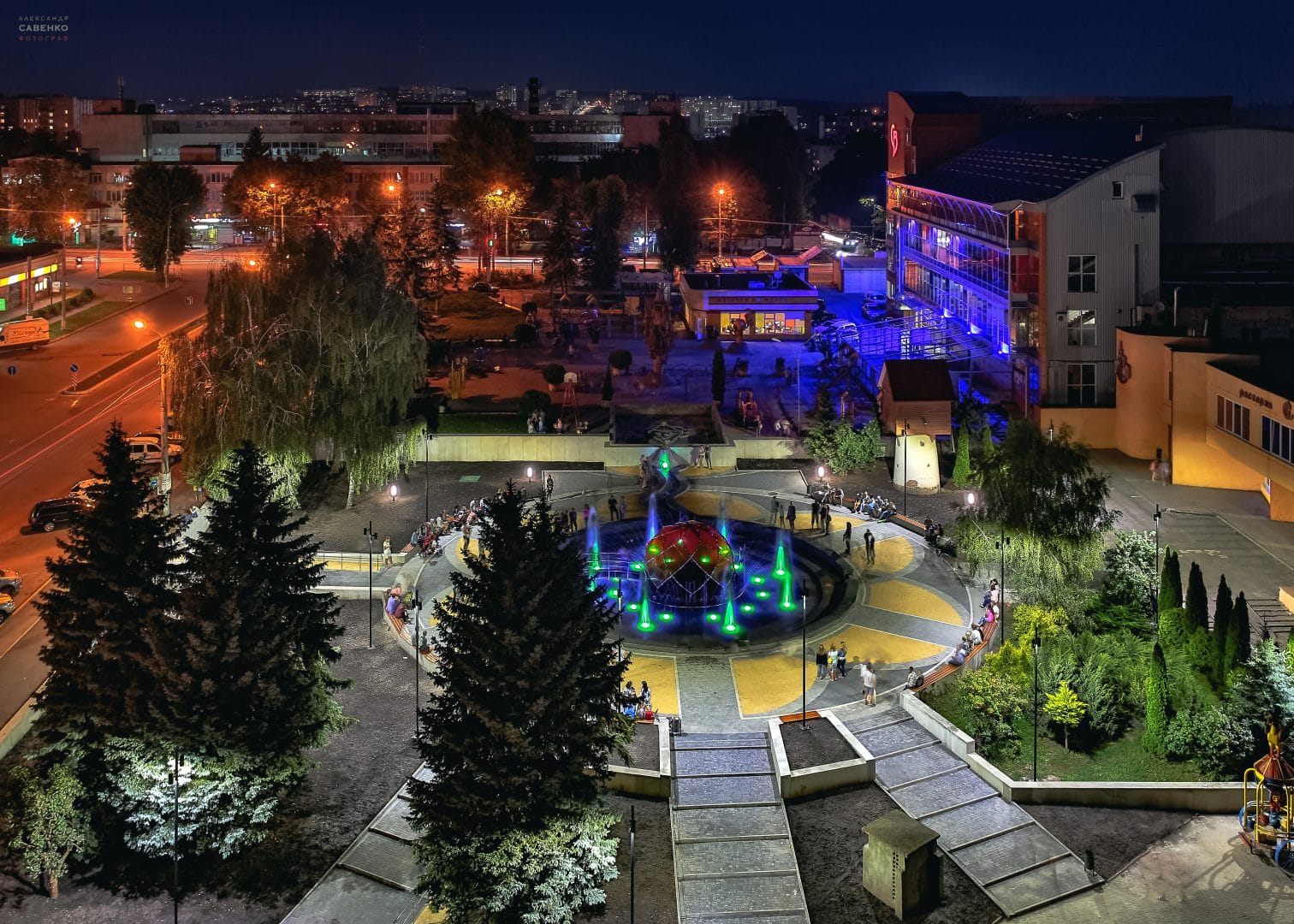
Economy and welfare
According to a sociological survey conducted by the “Reitynh” Group, Khmelnytskyi has been in the TOP 10 Ukrainian cities in terms of social and economic wellbeing for 10 years.
In Khmelnytskyi, the largest number of employees are engaged in the services and trade sector, transport, logistics, engineering, garment industry and IT.
Khmelnytskyi’s significant advantage is its human capital. Vocational and higher education is represented by an extensive system of educational institutions that prepare specialists in various professions (13 higher education institutions and 7 vocational education institutions).
The city has a rapidly developing network of trade, restaurant and entertainment services, as well as consumer services, including those operating under franchise agreements.
One of the city’s priorities is to promote further infrastructure development of city markets and shopping centres, hotel and restaurant chains, create favourable working conditions for employees, and improve the level of service.
The light industry is one of the most competitive sectors in the city. Khmelnytskyi has a huge potential for exporting clothing on an international level. The city is home to many talented designers. Khmelnytskyi’s brands are organised into clusters: manufacturers of women’s clothing and wedding dresses.
Khmelnytskyi region is rich in land suitable for growing all types of plants in the temperate zone. Khmelnytskyi region is one of the leading agricultural producers in Ukraine. The city has significant potential to become a logistics centre for the agro-industry and to develop a cluster of agro-industrial enterprises.
Khmelnytskyi is developing its machine-building industry. The companies manufacture products such as electrical transformers, galvanic equipment, equipment for the production of printed circuit boards, metal products, concrete mixing equipment, agricultural equipment, trailers and dairy machines.
The industrial development is supported by adequate technical and infrastructural capabilities.
One of the largest logistics centers in Ukraine operates in the city – Nova Poshta LLC, which is a leader in express delivery worldwide.
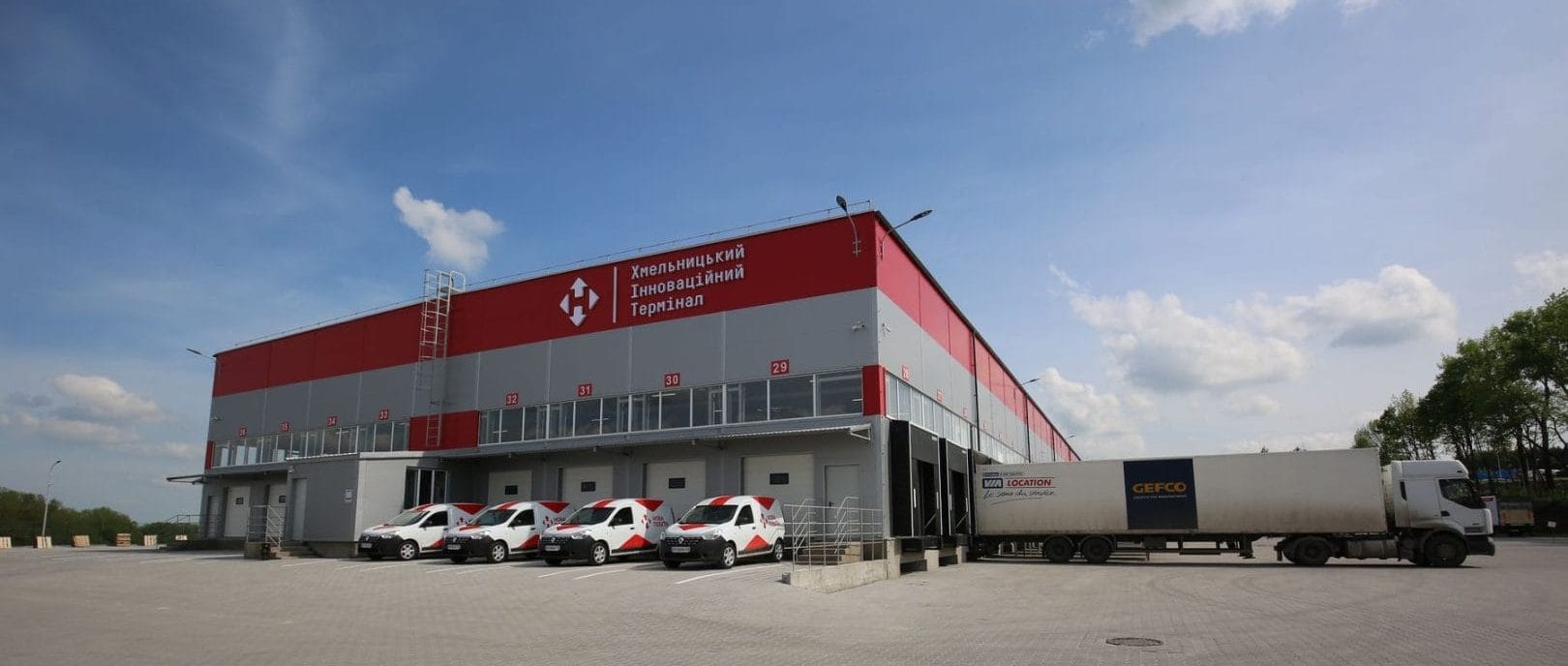
To stimulate economic growth and technological advancement, we are developing the Khmelnytskyi Industrial Park, which will encourage investment and manufacturing activities, thereby enhancing the city’s investment attractiveness.
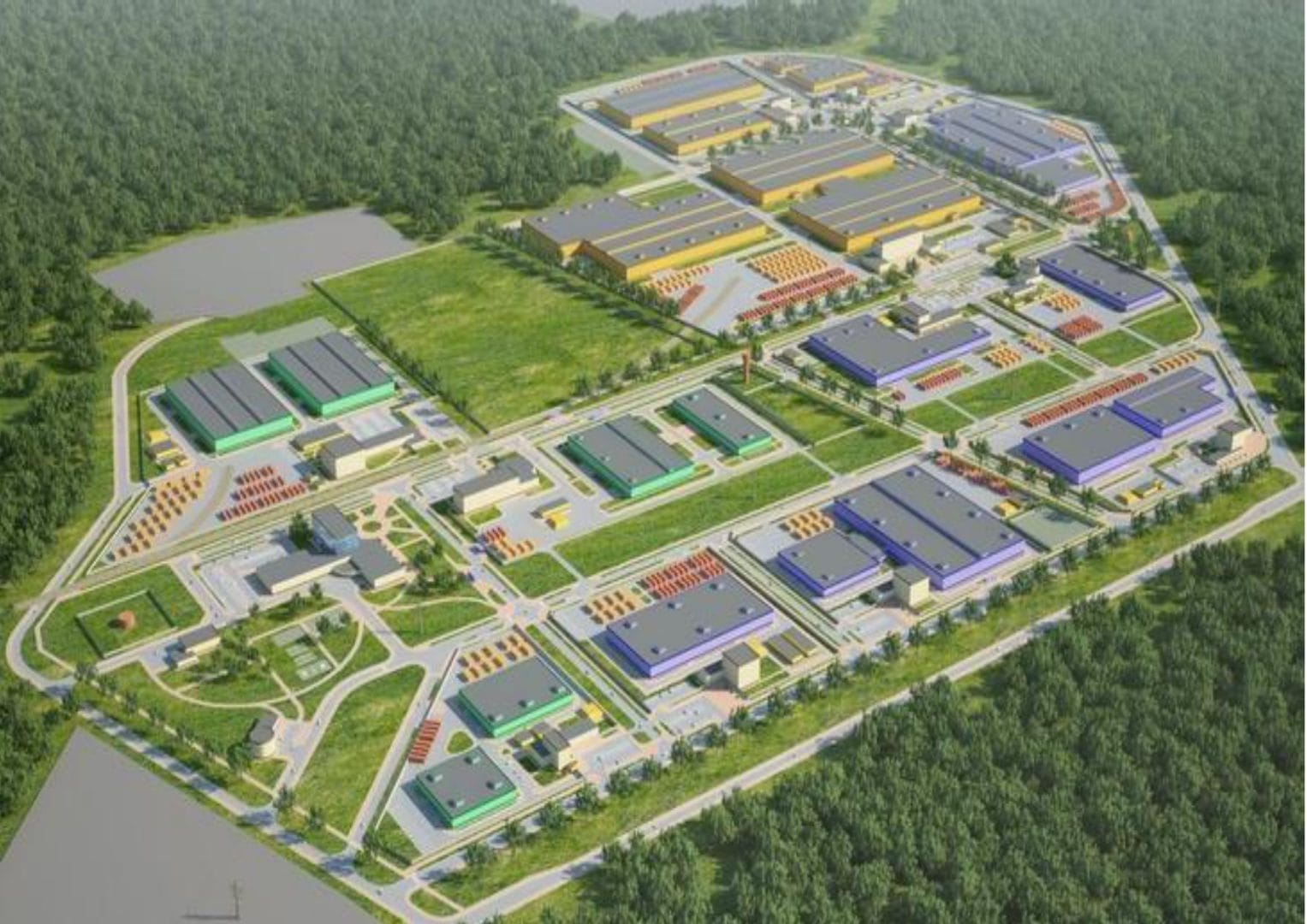
Striving for energy independence, Khmelnytskyi is implementing thermal modernization programs. The city is also at the forefront of innovation in waste management, actively participating in the European Bank for Reconstruction and Development (EBRD) “Green Cities” program and carrying out a solid waste management infrastructure modernization project funded by the EBRD.
Landfill reclamation is being conducted, and the biogas extracted from it is used to generate electrical energy.

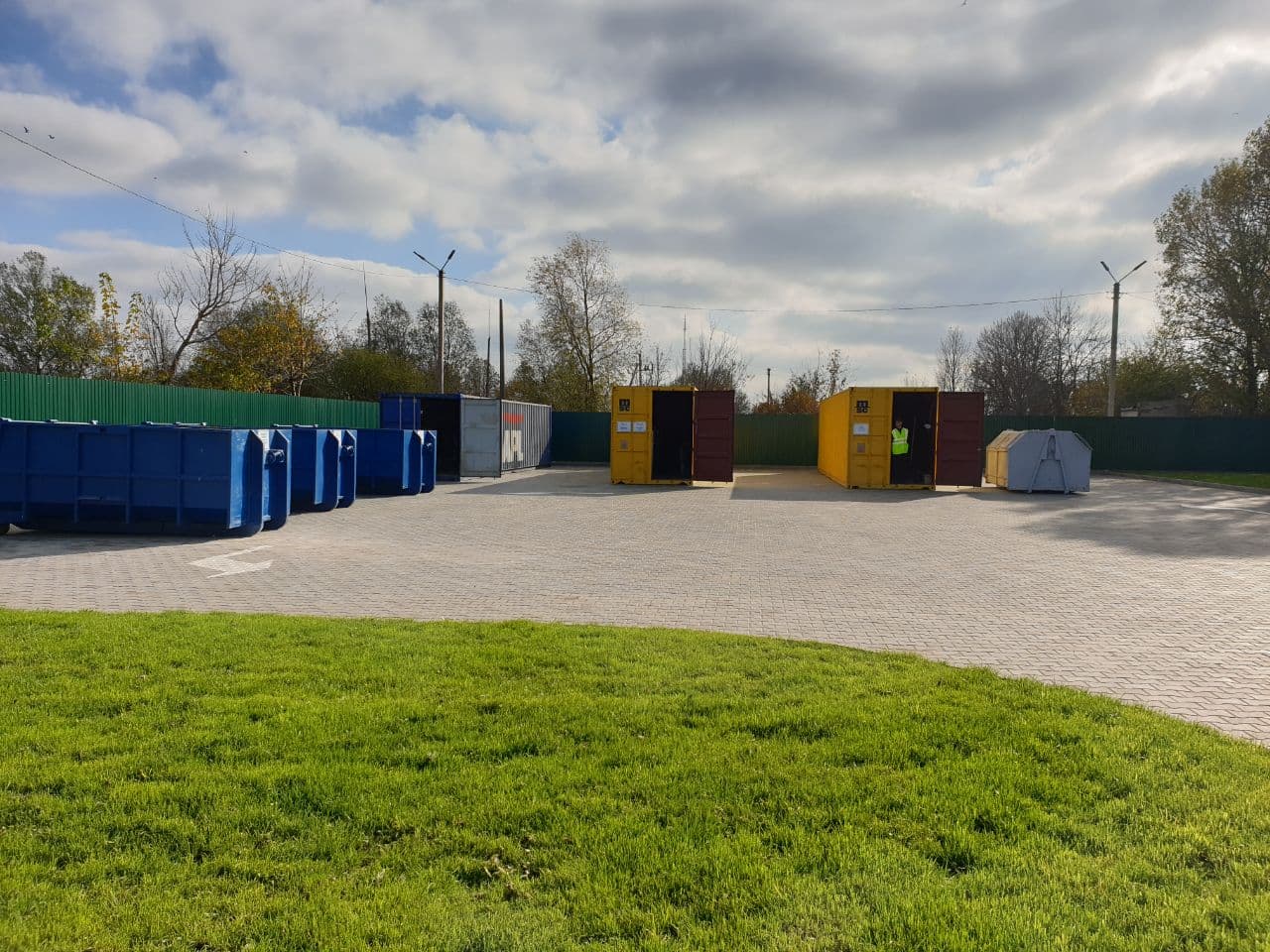
A reliable business ecosystem, a skilled workforce, affordable operational space, and excellent connectivity with other cities all provide investors with a unique opportunity to leverage the city’s potential.
Before the war, the National Rating Agency IBI-Rating assigned the city an investment attractiveness rating of invAA- (excellent investment attractiveness). Additionally, the city’s credit rating of uaA was determined, indicating high creditworthiness. The city hosts enterprises with foreign capital.
A consistent policy is being carried out to support entrepreneurial activities and create conditions for enhancing the competitiveness of local businesses.
Support is also provided to relocated enterprises operating within the community.
The iHUB Innovation and Entrepreneurship Support Center operates successfully.
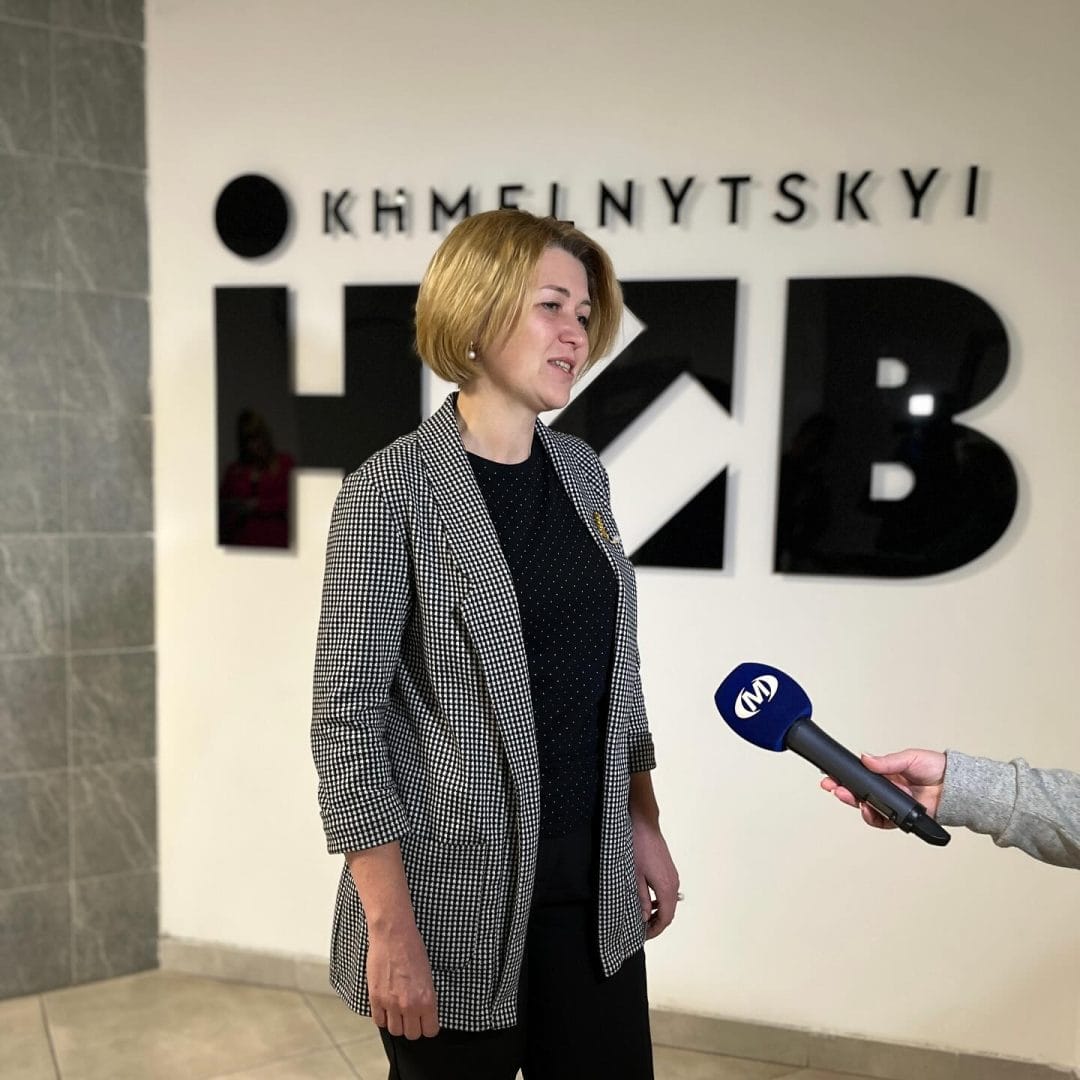
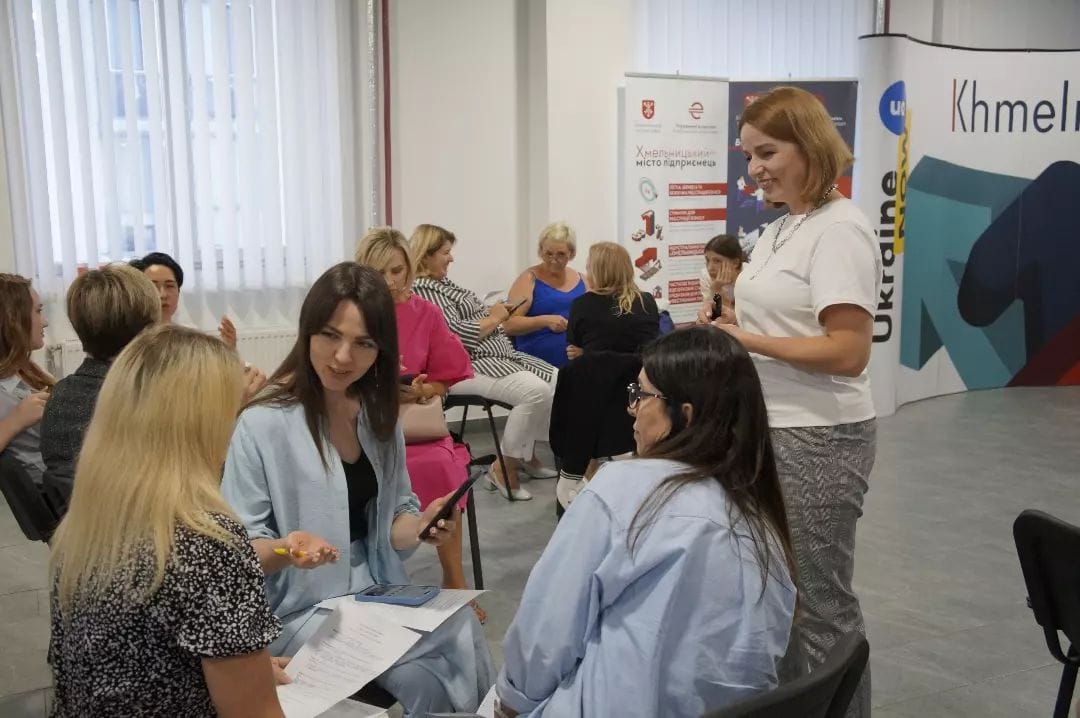
Khmelnytskyi’s cultural life is full of bright artistic events: competitions, festivals, exhibitions, performances, and concerts. Prior to the russian military aggression, the city hosted numerous large-scale festivals every year: “Rock & Buch” rock festival, “Vidlunia” an international monodrama festival, “Podillia Jazz Fest”, “Translatorium” all-Ukrainian literary and translation festival, and “Art Major show” festival of orchestral shows.


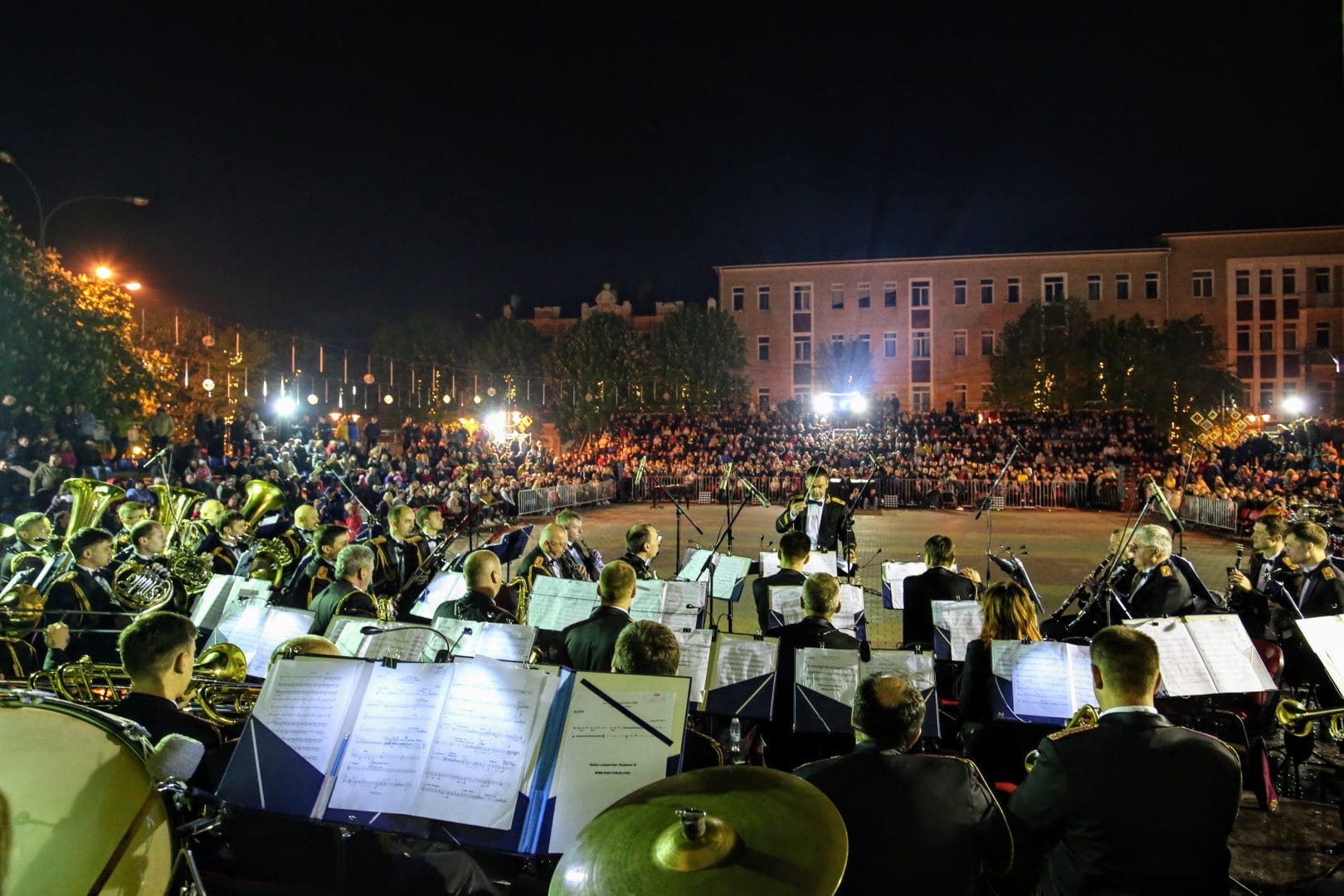
Khmelnytskyi is a city with a strong sports culture, where you are guaranteed to see groups of cyclists, street sports teams in parks, and young people practising canoe paddling on the Southern Buh River.

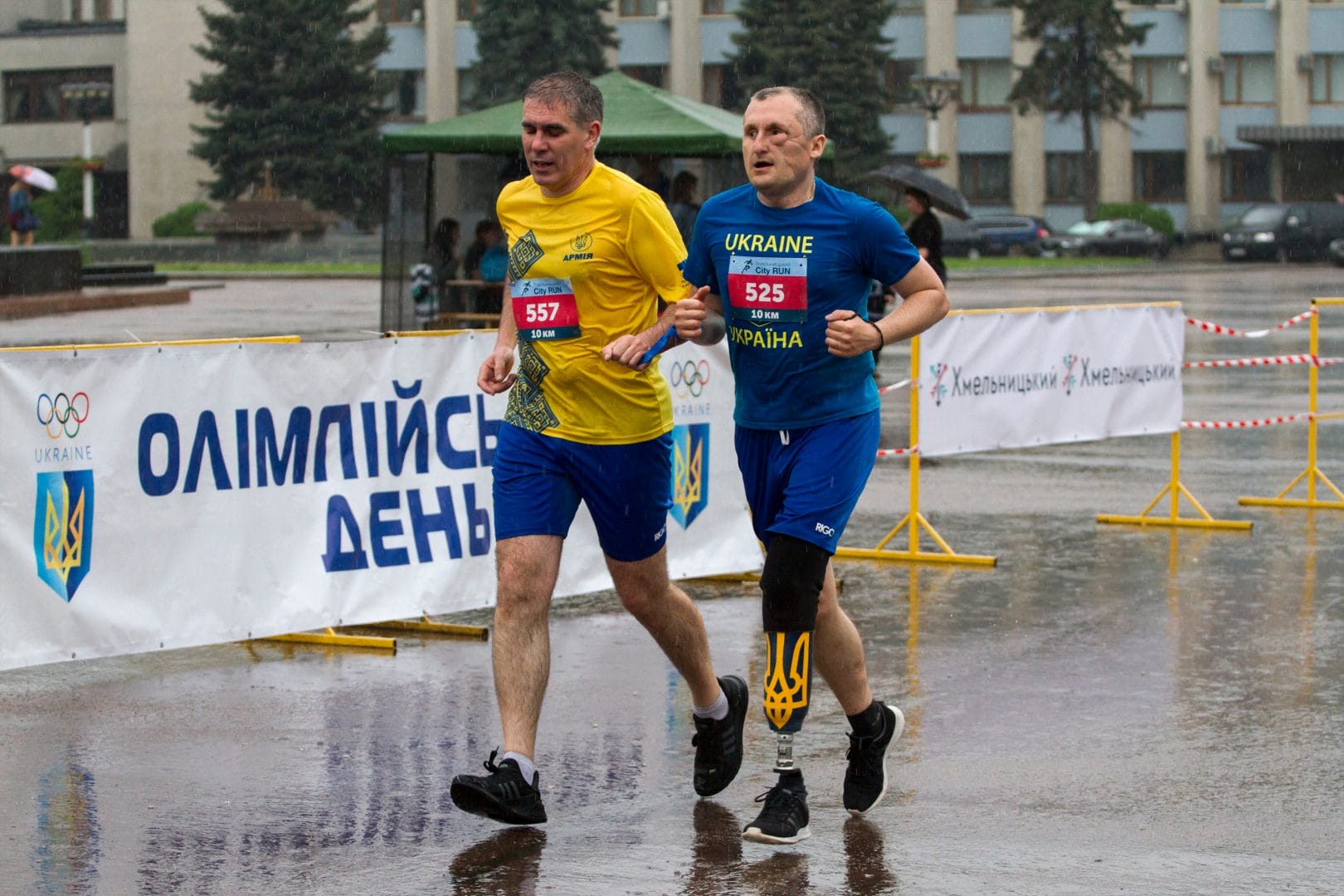

To strengthen our international relations, we have launched an online platform to foster cooperation with sister and partner cities. This platform features panoramas, photos, and videos, providing a virtual tour of the cities and showcasing our partnerships: (https://khm.ileyes.com).
Community and war
February 24, 2022, was a day that divided the lives of Khmelnytskyi residents and Ukrainians into “before” and “after”. Khmelnytskyi became a refuge from the first days of the war for people seeking safety and fleeing from the conflict. Khmelnytskyi residents united and were doing everything in their power.

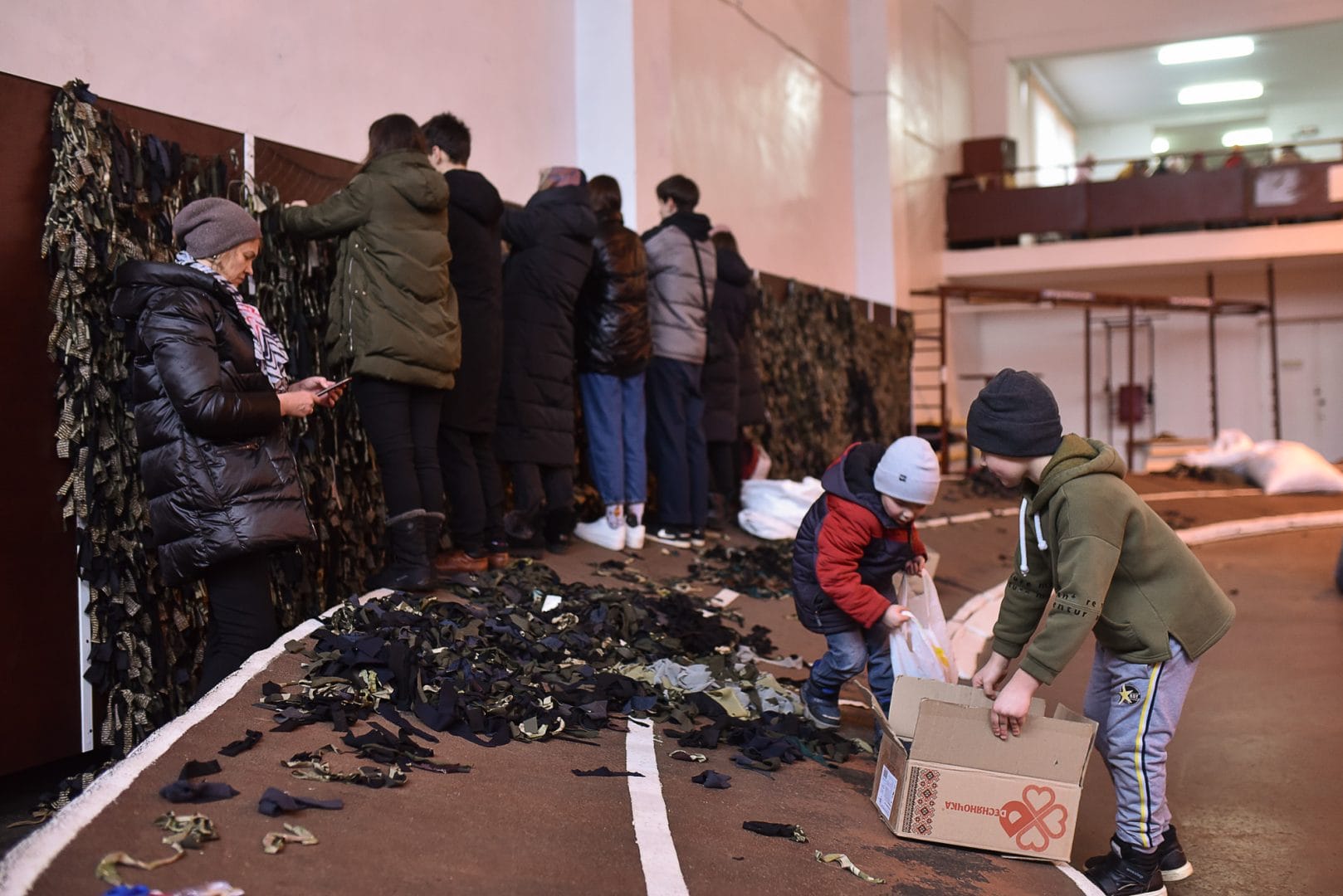
Volunteer centres, food and water collection points were immediately set up in the city. The railway station, schools and kindergartens turned into HABs for internally displaced people.
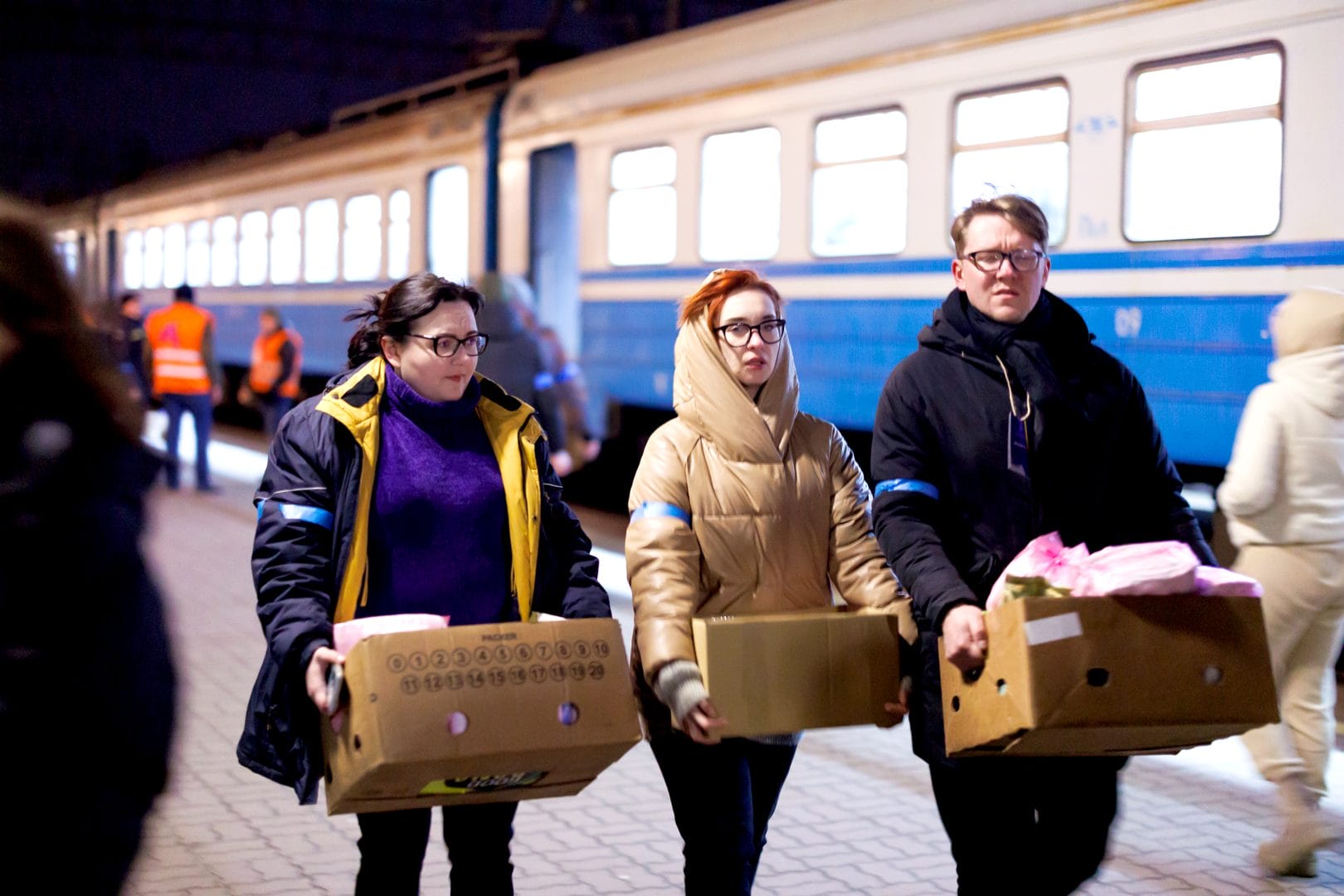
Cinemas and theatres have become first aid stations. Khmelnytskyi has become a real logistics center for Ukrainians.
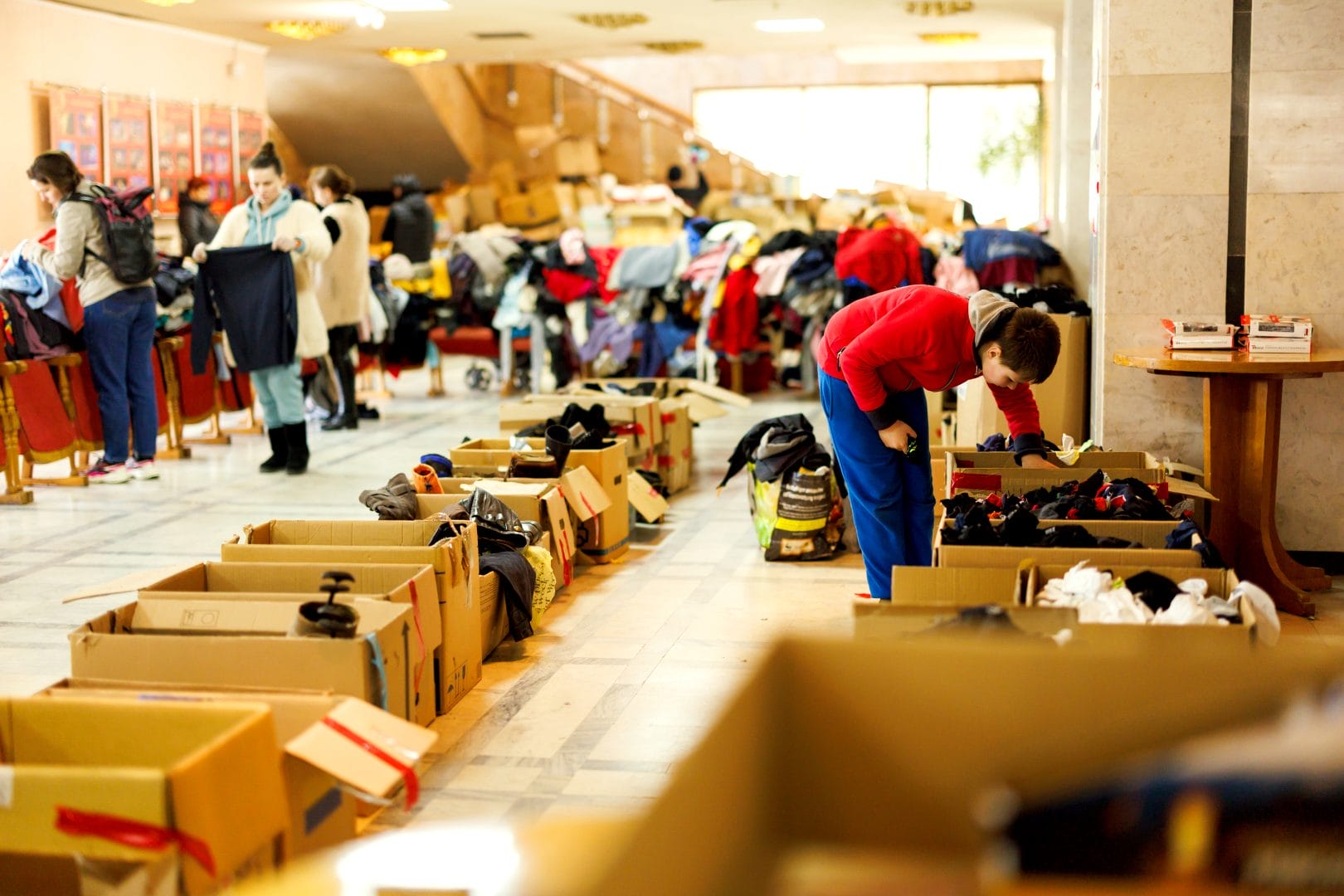
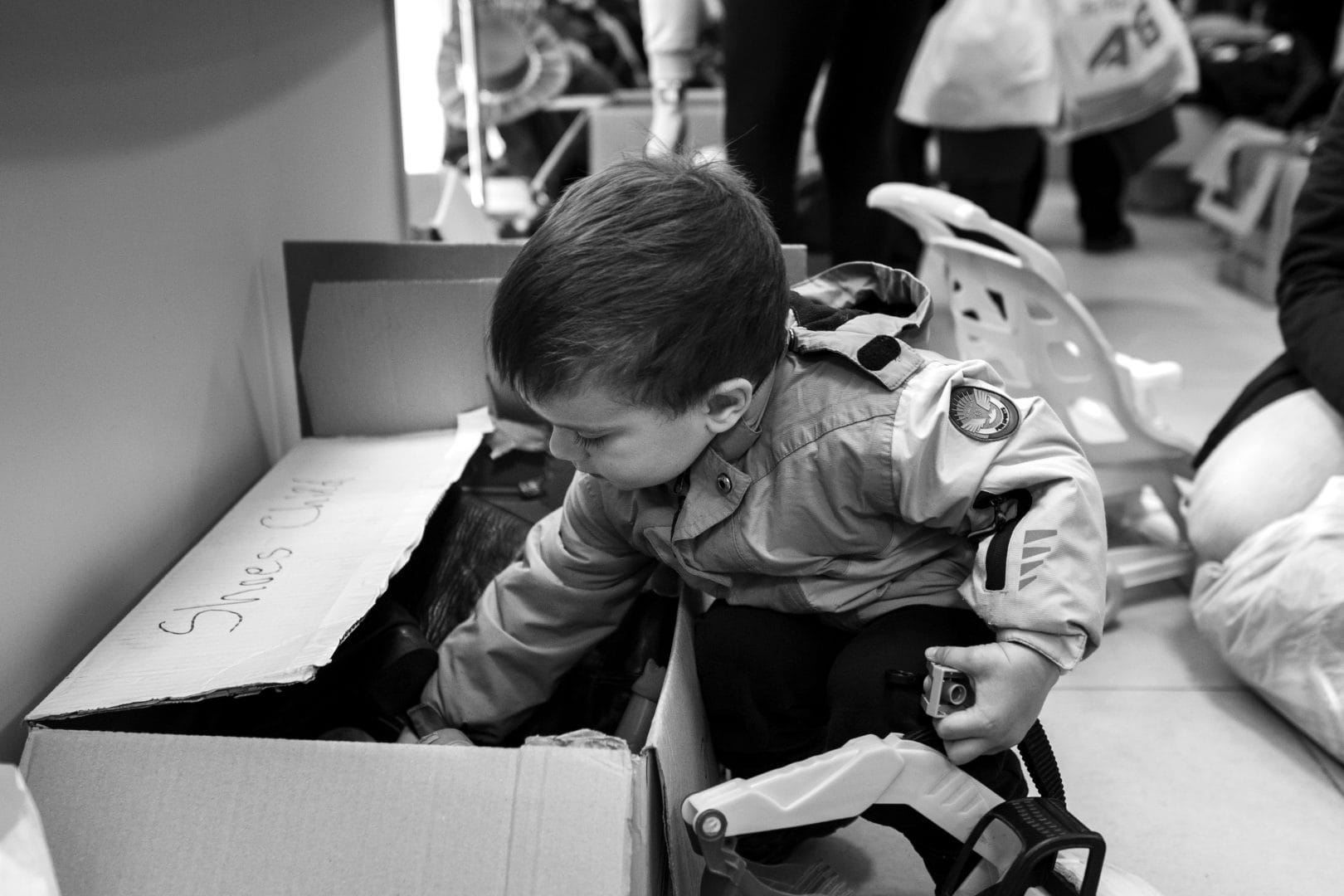
Up to 50 trains arrived in the city every day. In just one day, the city received between 500 and 9,000 people. According to approximate estimates, 300,000 people travelled through Khmelnytskyi in transit. To provide people with temporary housing, more than 200 community settlement centres were set up. More than 200 settlement centers were established within communities to provide temporary housing for these people.
To ensure proper coordination and efficient operation of volunteer activities, the Headquarters for Assistance to IDPs of the Khmelnytsky City Council was established to organise people’s stay and accommodation, collect and distribute humanitarian aid, communicate with Ukrainian and international volunteer centres, handle transport logistics, and provide medical and veterinary care, if necessary.
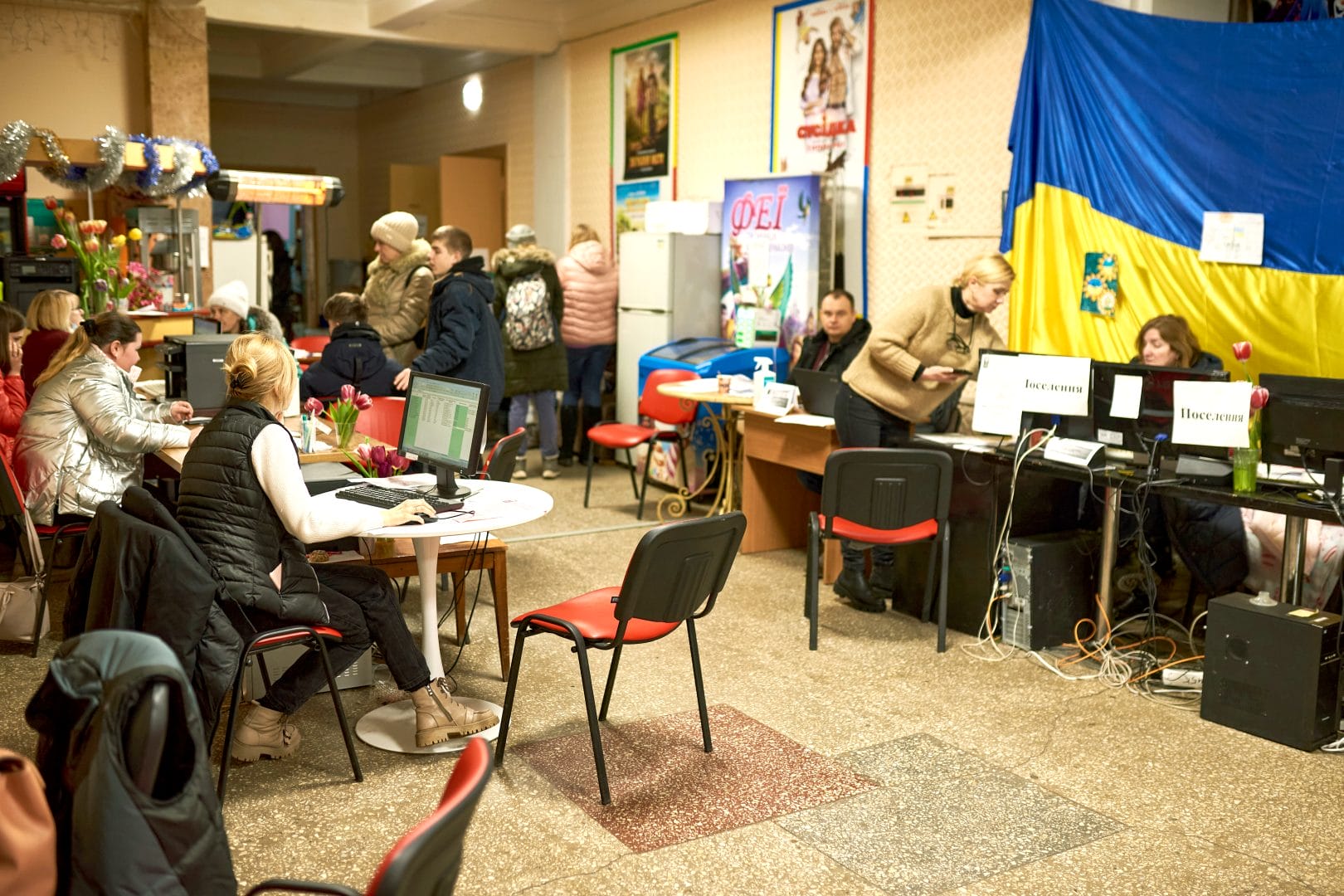
Khmelnytskyi is located almost 1000 km away from the front line, but russian missiles and Shahed drones hit on our community on a regulat basis.
These massive attacks are aimed exclusively at civilians and satisfy only russia’s terrorist goals.
Missiles that Ukrainian defenders were unable to shoot down they were hitting critical infrastructure and residential buildings.

Every missile strike causes pain and losses. We sight with relief when we read the news that there are no casualties or injuries as a result of a missile attack. Our residents understand that anything can be rebuilt and restored, except human life.
We are restoring damaged schools, gas stations, cafes, restaurants, and residential
buildings that were damaged by fragments of russian missiles.
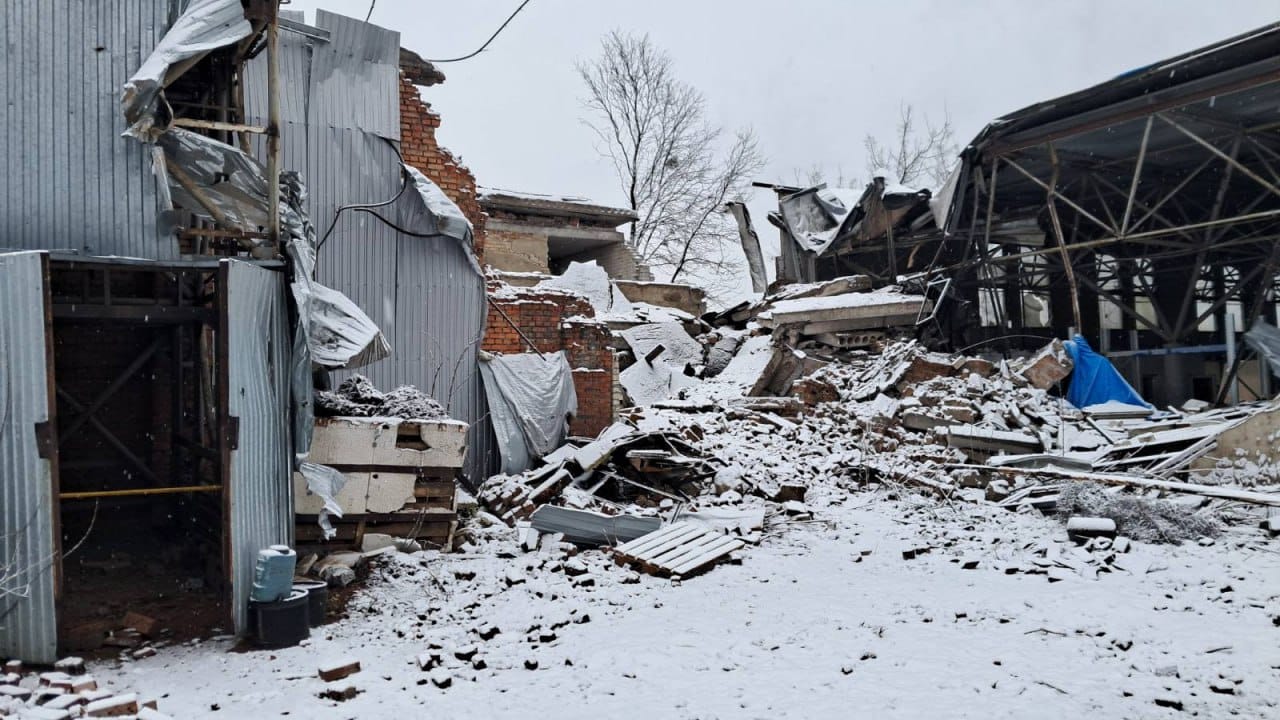
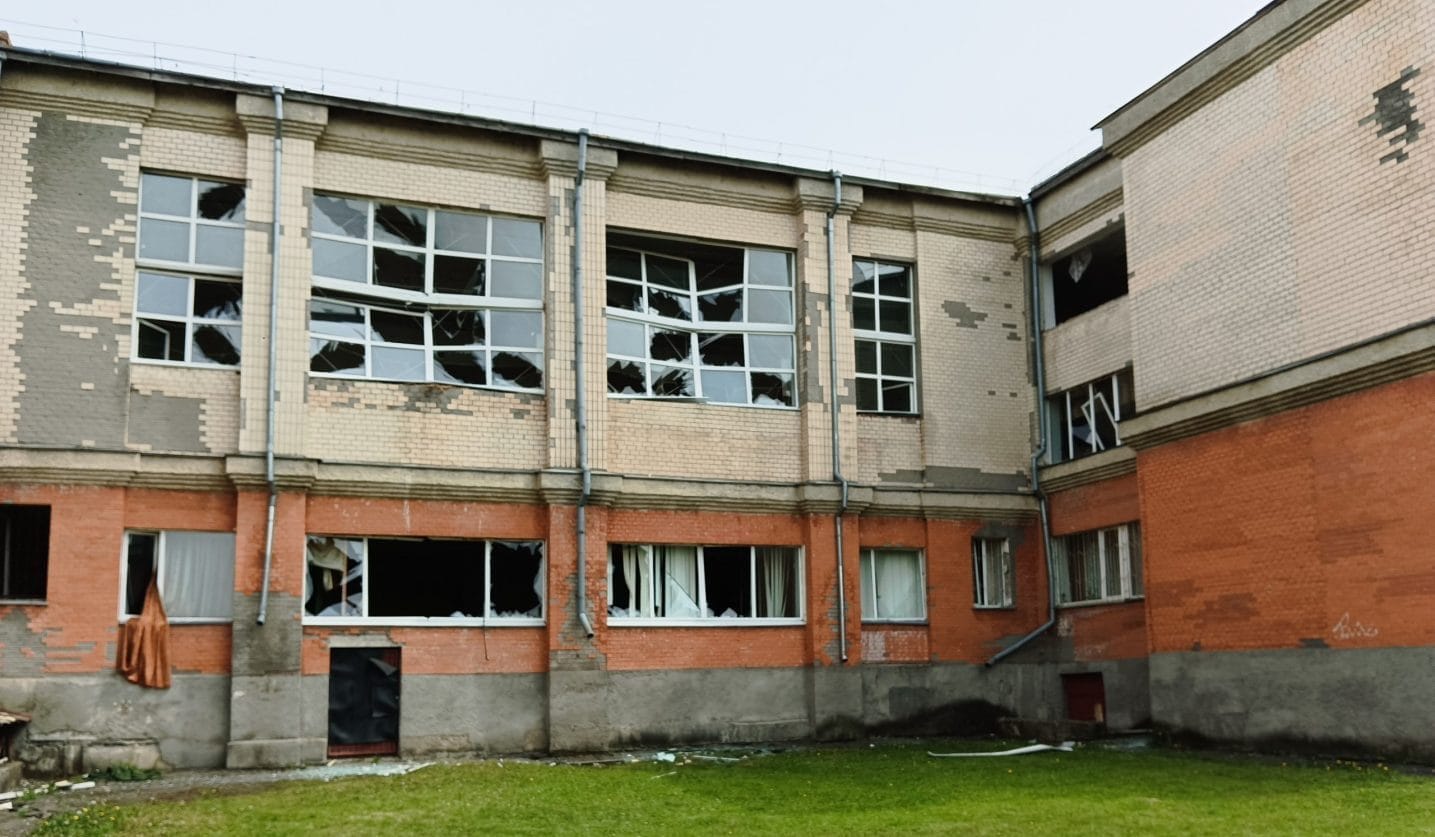
Unfortunately, sometimes we have injured people after missile strikes who suffer from mine-blast and craniocerebral injuries, closed chest injuries, and numerous shrapnel wounds.



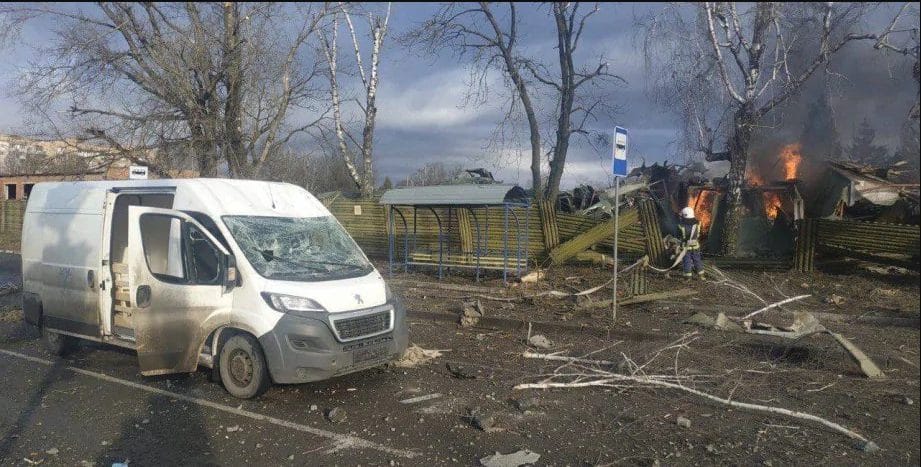
Another russian missle strike targeted our municipal facilities, energy infrastructure, and our largest transformer station. This strike was carried out with a single aim – to frighten and leave the people of Khmelnytskyi without light, heat, and water. The most terrifying missile attacks by russia occur in winter, when temperatures drop to -12°C. It is hard to describe and find the right words. This is 21st-century terror and genocide of a nation in the heart of Europe; it is a war against Ukrainian children, the elderly, and ordinary civilians. As a result, the missile strike led to power supply restrictions in Khmelnytskyi, leaving nearly half the city without electricity.
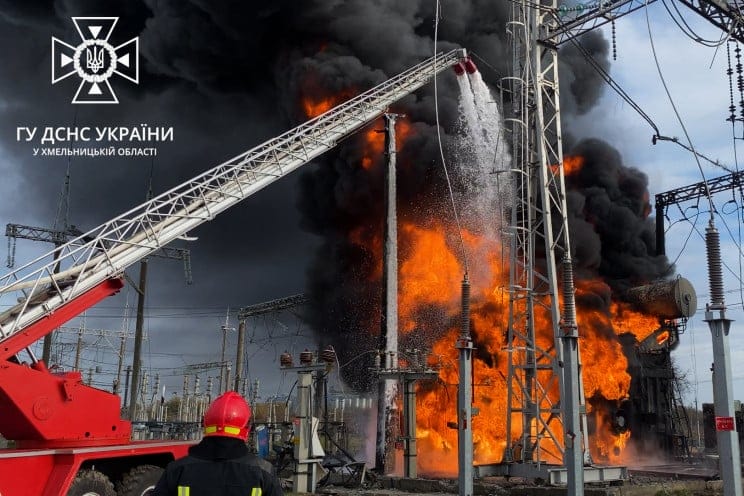
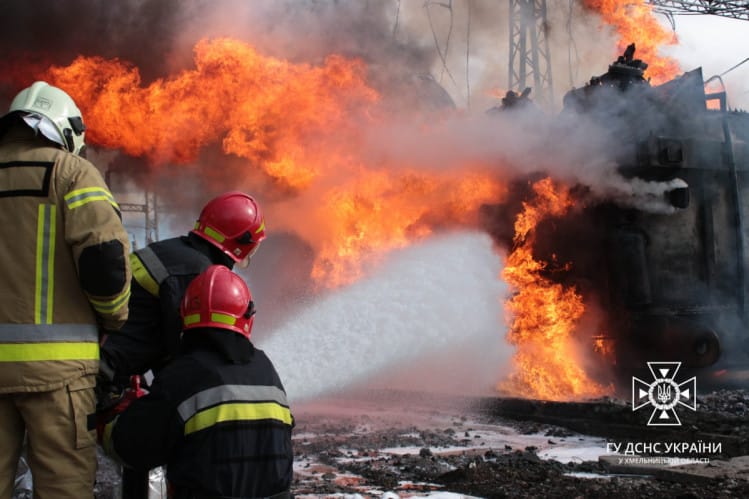
Our children are born, grow up and study in bomb shelters. Most of their childhood memories will be the sounds of sirens and explosions.
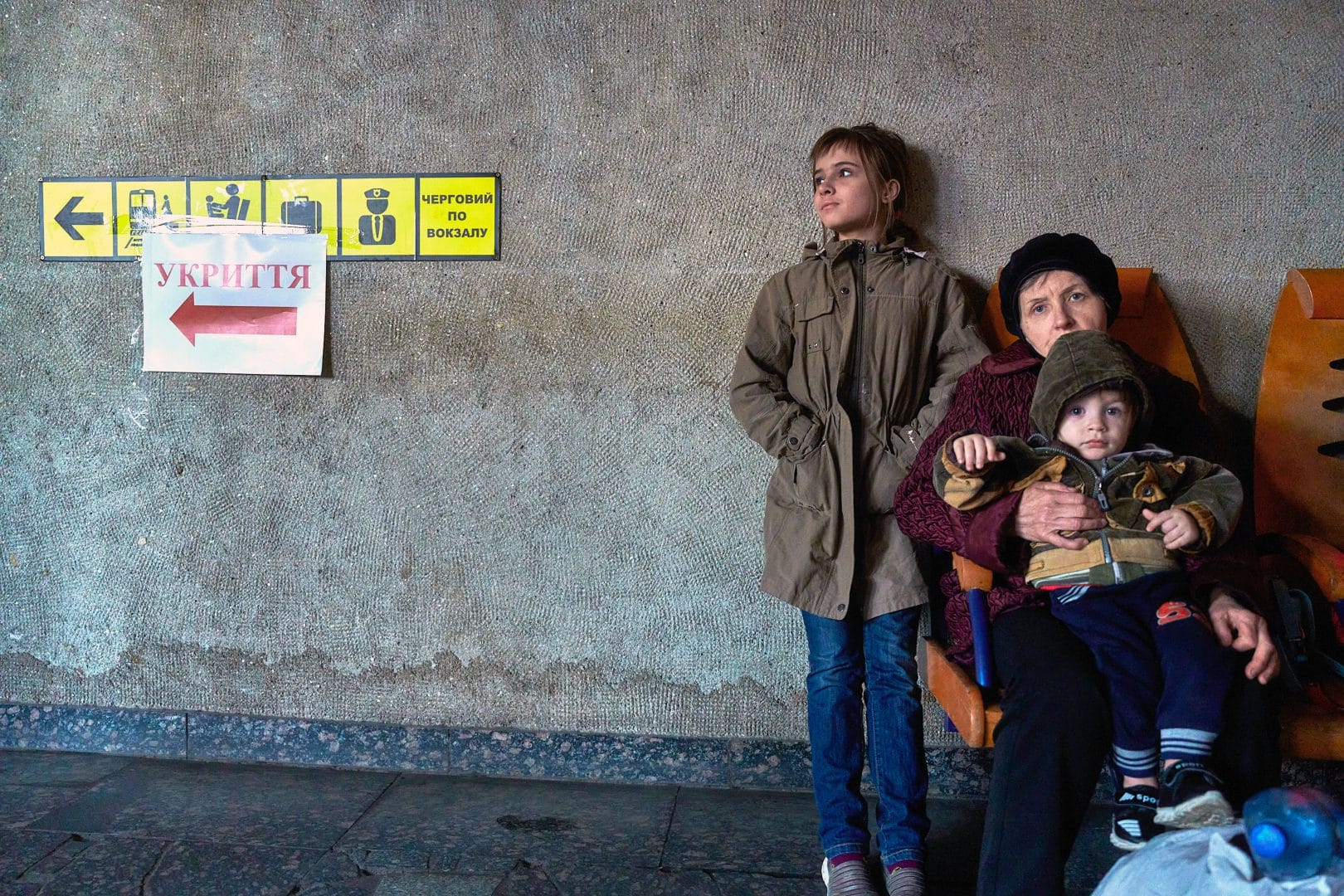

Local residents
Oleksandr Symchyshyn became the Mayor of Khmelnytskyi in November 2015. Prior to his election as mayor, he served as the first deputy chairman of the Khmelnytskyi Regional State Administration.
As Mayor, he has established a reputation as an active fighter against corruption and has the highest level of trust among mayors, according to national polls. In 2021, the mayor received the Verkhovna Rada of Ukraine Award “For Merit to the Ukrainian People.”
In today’s climate, the mayor’s priority is to support military personnel and their families. He was awarded the breastplate of the army unit for comprehensive support and assistance.
Mayor Symchyshyn is a student of history who, in 2002, was named one of the top ten students of history in Ukraine. He later received a degree as a candidate in historical sciences. He has worked as a teacher and was Associate Professor of Law and Dean of the Faculty of Economics and Law at Khmelnytskyi International University of Social Technologies and Human Development – Ukraine. Today, he is an honorary professor at the university.
He is married, has three sons.

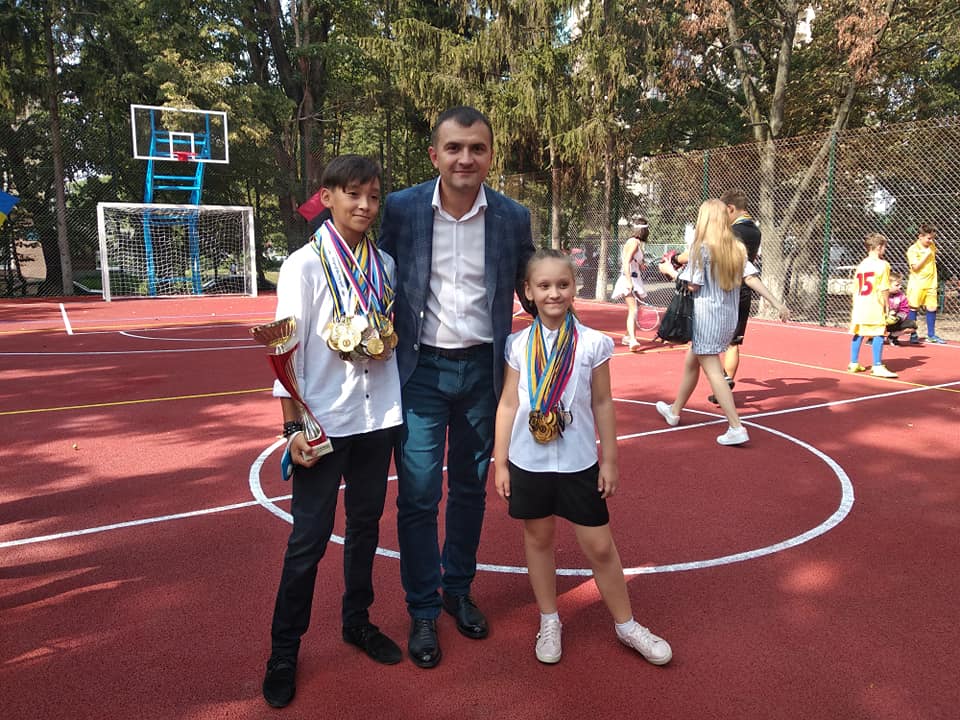



Khmelnytskyi works and lives with one goal in mind – to defeat. All efforts are aimed at helping our military, relocated businesses and internally displaced persons.
There are 5 programs to support the security forces, including the “Programs of patronage assistance to the military units of the Armed Forces of Ukraine and the National Guard of Ukraine located in the Khmelnytskyi city territorial community”.
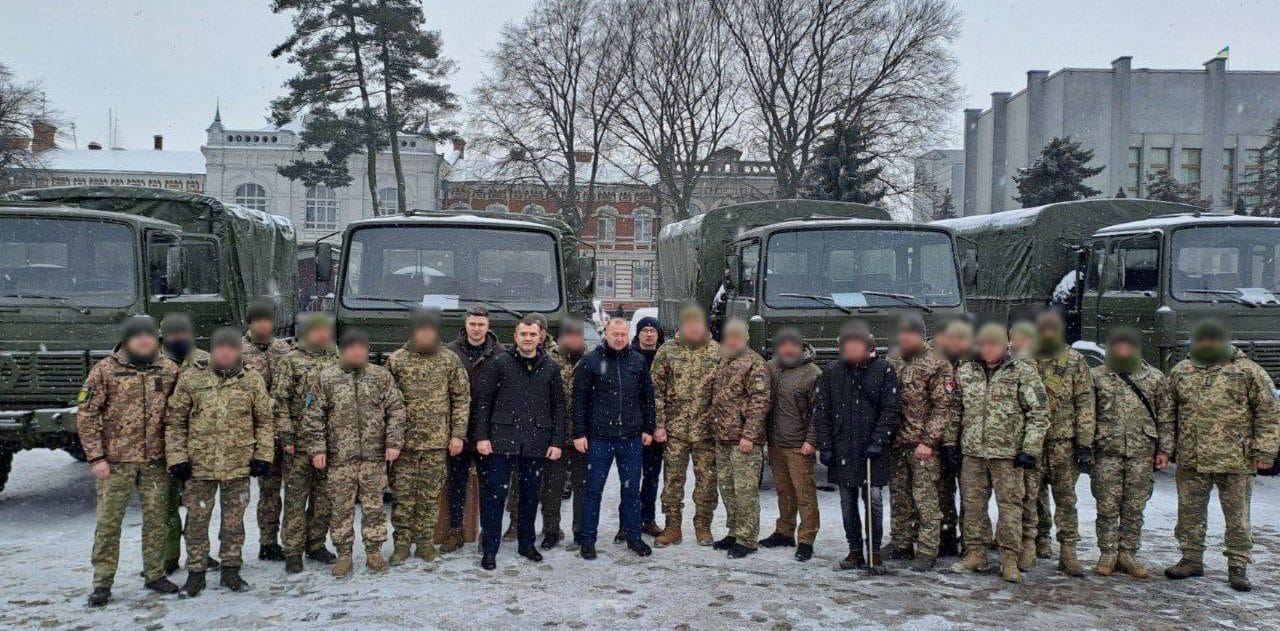
The Centre for Military Rehabilitation and the Veterans’ space “Protection 4.5.0” was created.

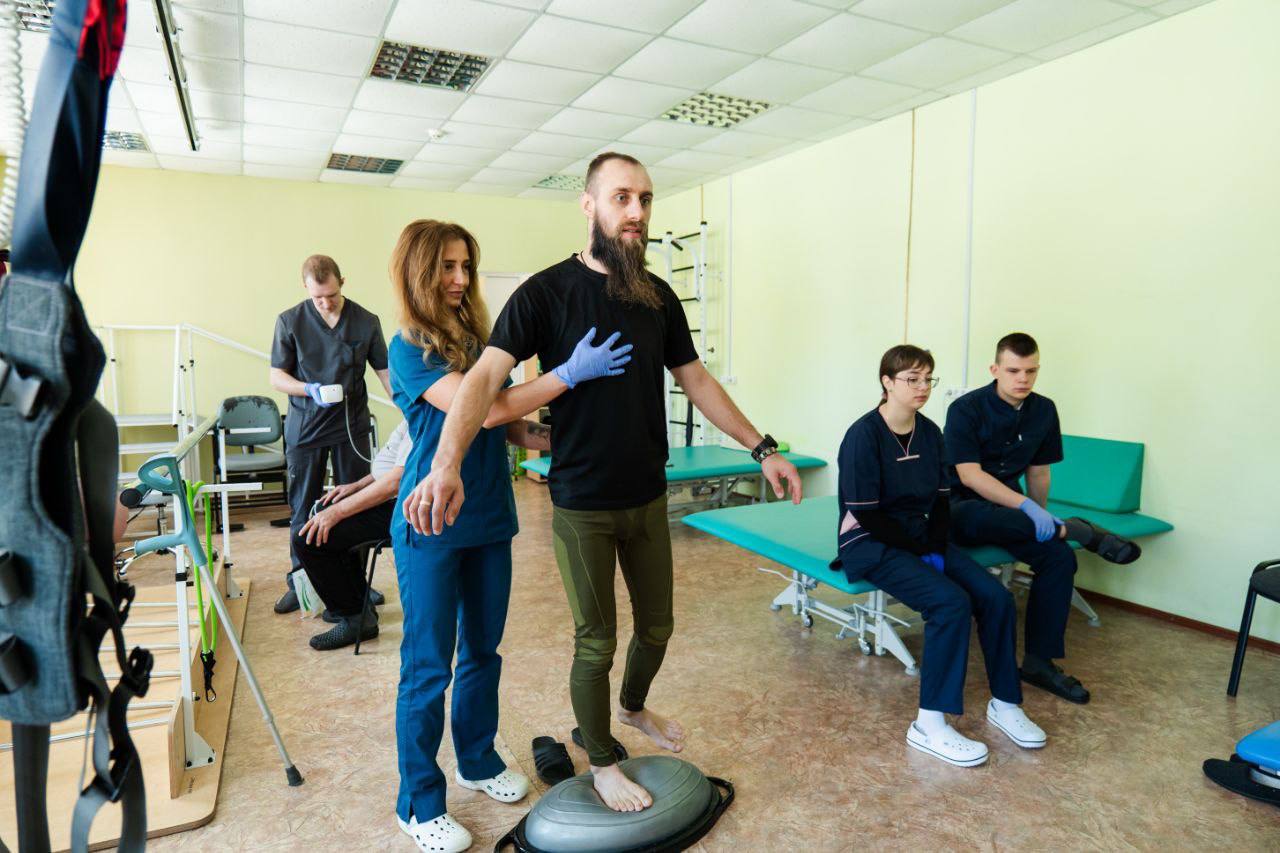
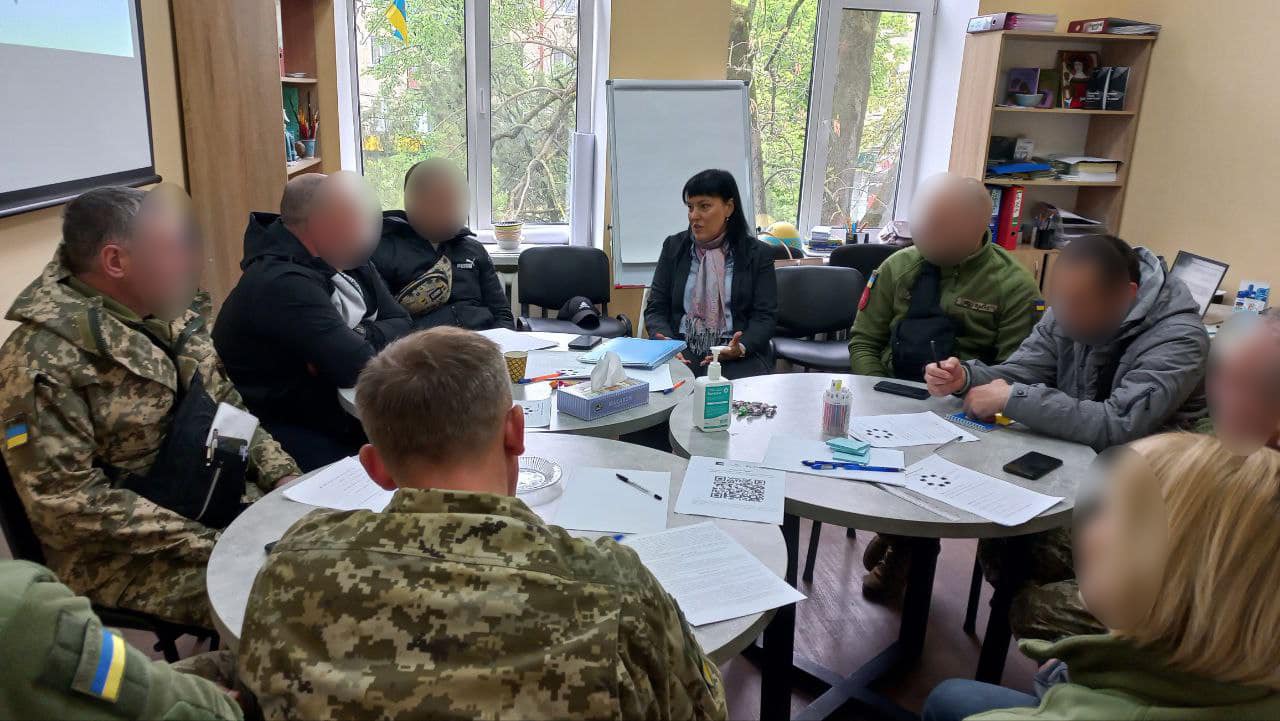
Khmelnytsky City Council provides grant support for innovative projects to improve defence capabilities.
To support businesses during the war, a program was approved to partially reimburse the cost of generators, inverter-accumulator uninterruptible power supply systems and satellite communications equipment
Consultation and retraining centres for internally displaced persons have been set up.
Housing construction projects for IDPs are being implemented with grant funds from the EU and NEFCO.
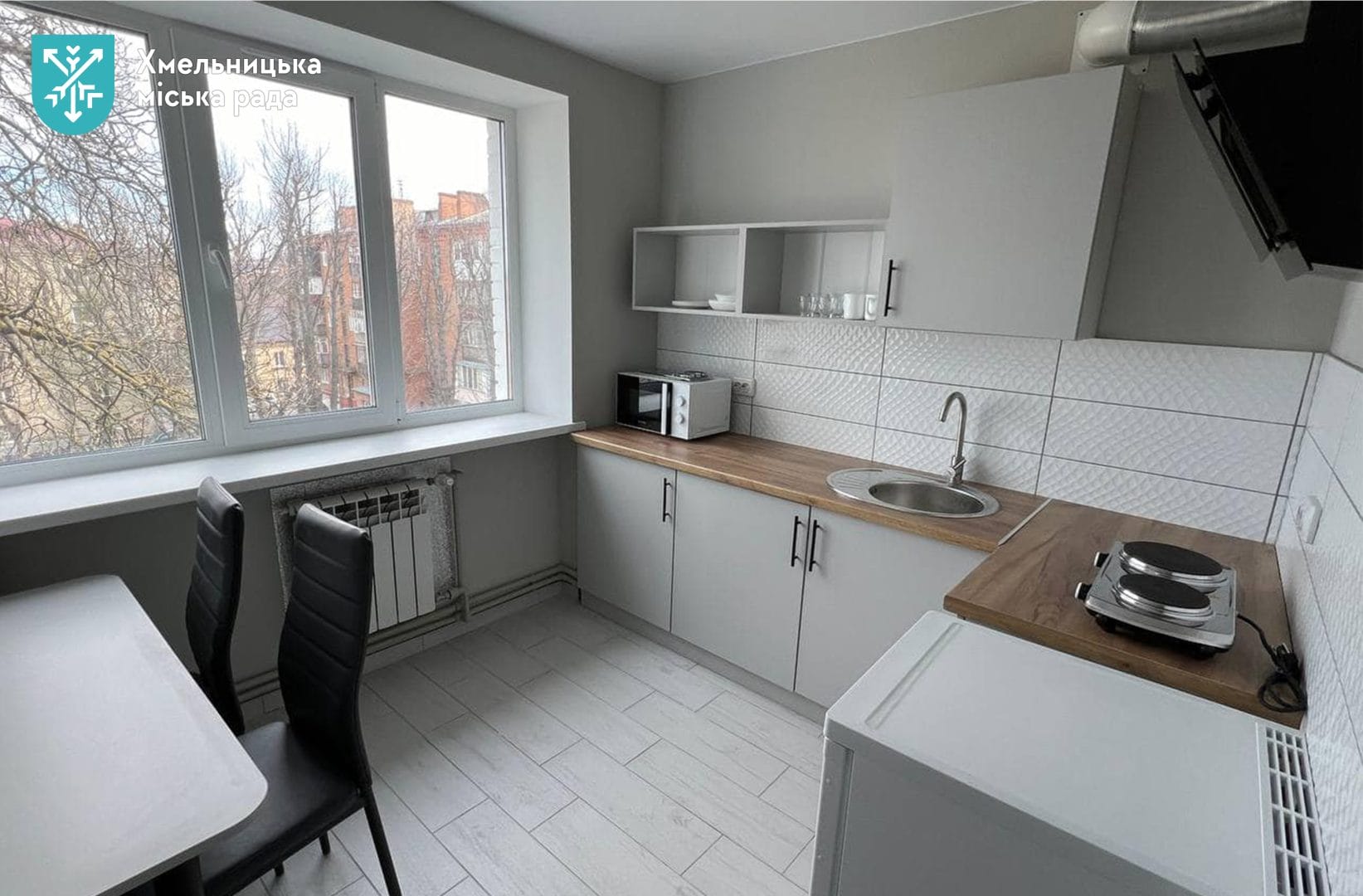
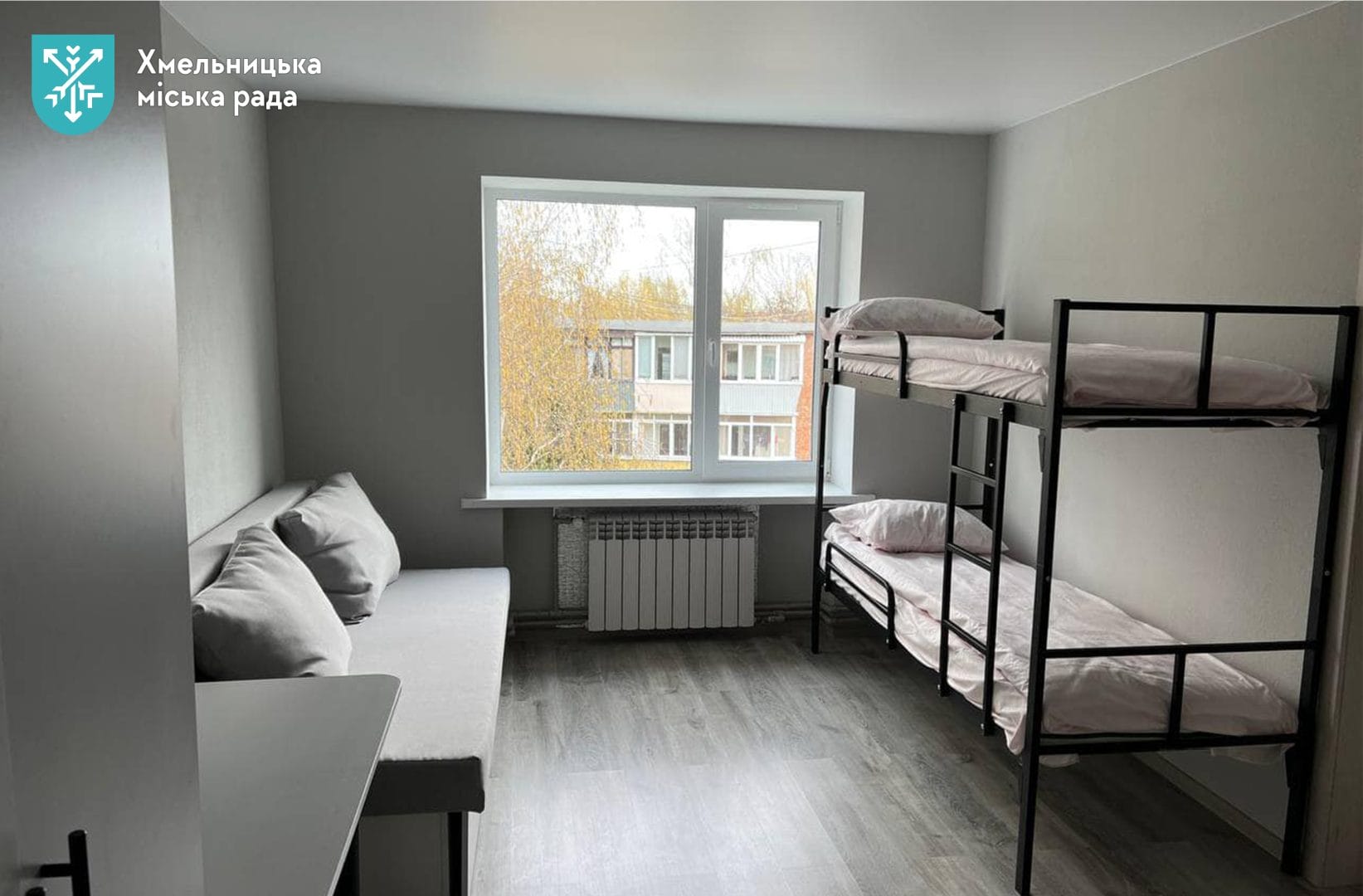
Owning to the international support of sister and partner cities, Khmelnytskyi receives strong political support on the world stage, as well as humanitarian aid that helps to eliminate the consequences of terrorist attacks.
Development Strategy
Since 2017, the City Development Strategy 2025 has been implemented in Khmelnytskyi (link to the Strategy http://surl.li/ufvpj).
As a result of the formation of the Khmelnytskyi City Territorial Community, and the increase in functions and tasks, the Strategic Development Plan of the Khmelnytskyi City Territorial Community for 2021-2025 was developed.
By 2025, the Khmelnytskyi City Territorial Community aims to create a comfortable, environmentally safe space for living, with modern architecture, culture, energy-efficient infrastructure, favourable for doing business, economic development and the latest technologies.
In order to create a recognisable, attractive, competitive image of the new community, the Strategic Plan envisages the implementation of projects in the following priority areas:
А. Economically sustainable community.
- Comfort and safety.
С. Responsible community.
The Strategic Development Plan aims at implementing projects in the following priority areas:
А. Economically sustainable community. This section envisages building an equal dialogue, fruitful cooperation and open, long-term partnership with domestic and foreign investors, and promoting business competitiveness in international, national and local markets.
Strategic goal А.1. Developing dialogue and trust between business and government
Strategic goal А.2. Ease of doing business
Strategic goal А.3. Opportunities for investors
Strategic goal А.4. Building points for economic growth
Strategic goal А.5. Development of export potential
- Comfort and Safety. This section involves improving municipal management, developing convenient infrastructure, enhancing road and transport infrastructure, increasing safety levels, and providing high-quality housing and utility services, healthcare, education, and cultural services to community residents. These improvements are based on the gradual implementation of SMART technologies and solutions in the daily life of the community.
Strategic goal В.1. Smart management
Strategic goal В.2. Advanced urban planning and infrastructure
Strategic goal В.3. Convenient and modern transport infrastructure
Strategic goal В.4. High-quality and affordable services
Strategic goal В.5. Culture, Tourism, Art and Sports Development
- Responsible community. The section envisages the formation of responsibility, including energy, environmental and social responsibility, which is one of the leading places in the community’s value system. Implementation of energy-saving measures in all spheres of community life, improvement of energy management efficiency, and dissemination of knowledge on efficient use of resources are the key to reducing energy dependence of the community.
Strategic goal С.1.Energy efficiency and independence
Strategic goal С.2. Environmental protection
Strategic goal С.3. Social responsibility
List of Sources
- Khmelnytskyi City Development Strategy until 2025
- Strategic Development Plan for Khmelnytskyi City Territorial Community for 2021-2025)
- Information sources of Khmelnytskyi City Council
- Information sources of the Culture and Tourism Department of Khmelnytskyi City Council
- Information sources of the Economic Department of Khmelnytskyi City Council
- Information sources of the Head Department of the State Emergency Service of Ukraine in Khmelnytskyi Region
- Patrol police in Khmelnytskyi Oblast
- Information materials of the Military Rehabilitation Centre
- Information materials of the veteran space “Zakhyst 4.5.0” (Protection 4.5.0)
- Wikipedia
